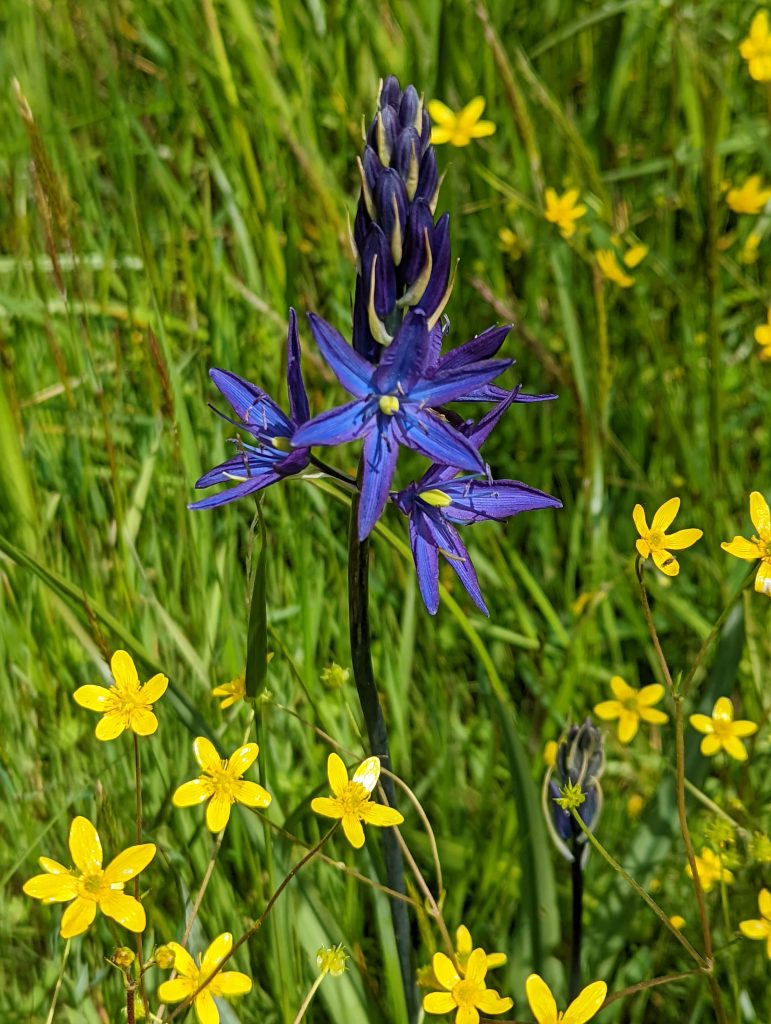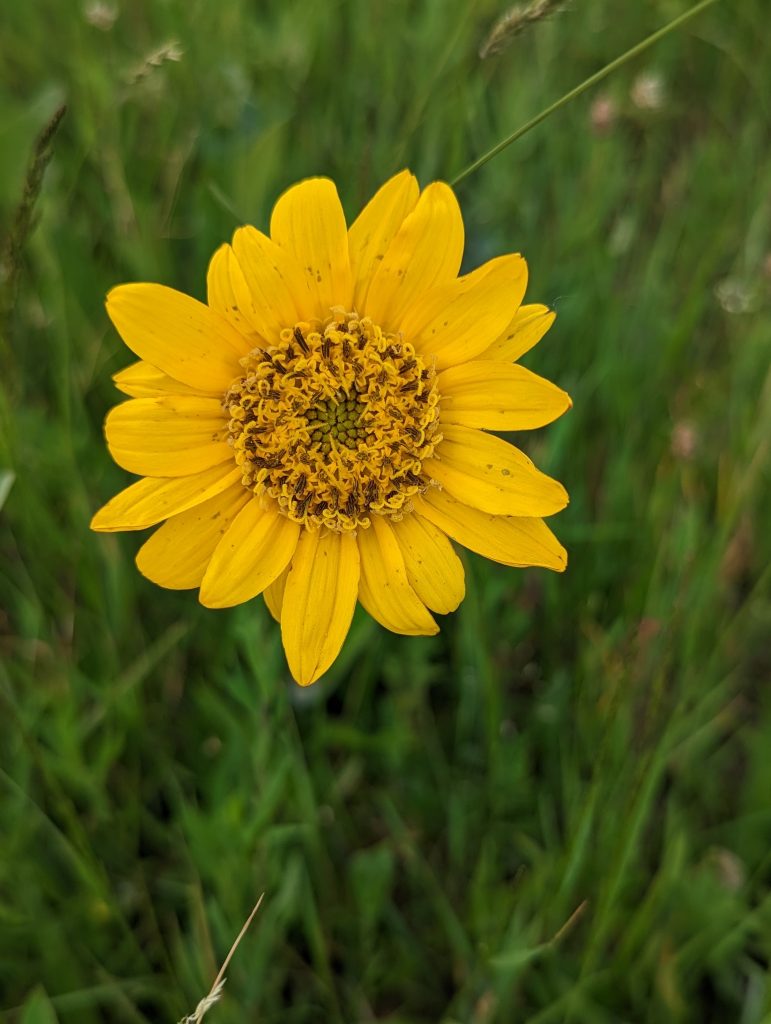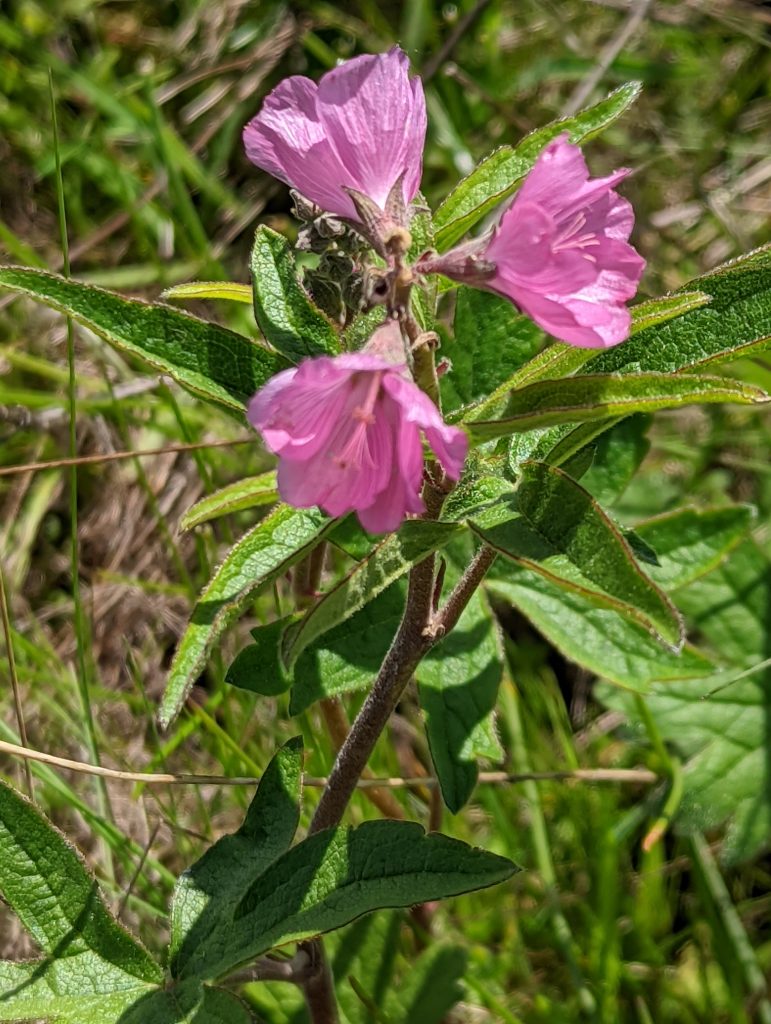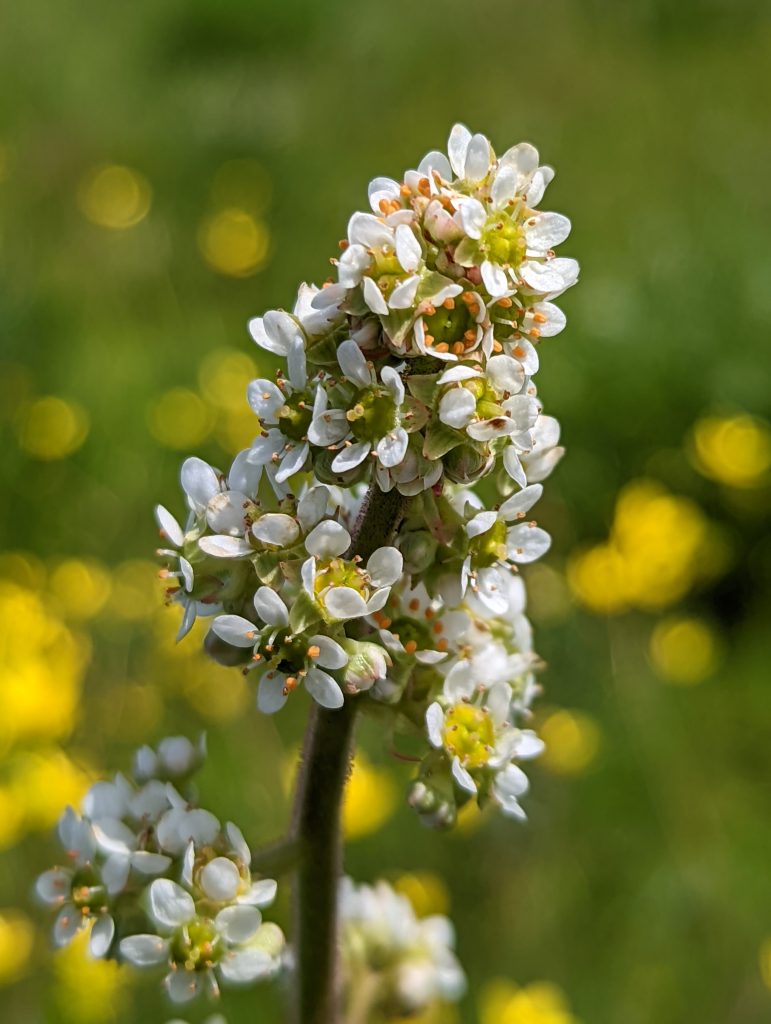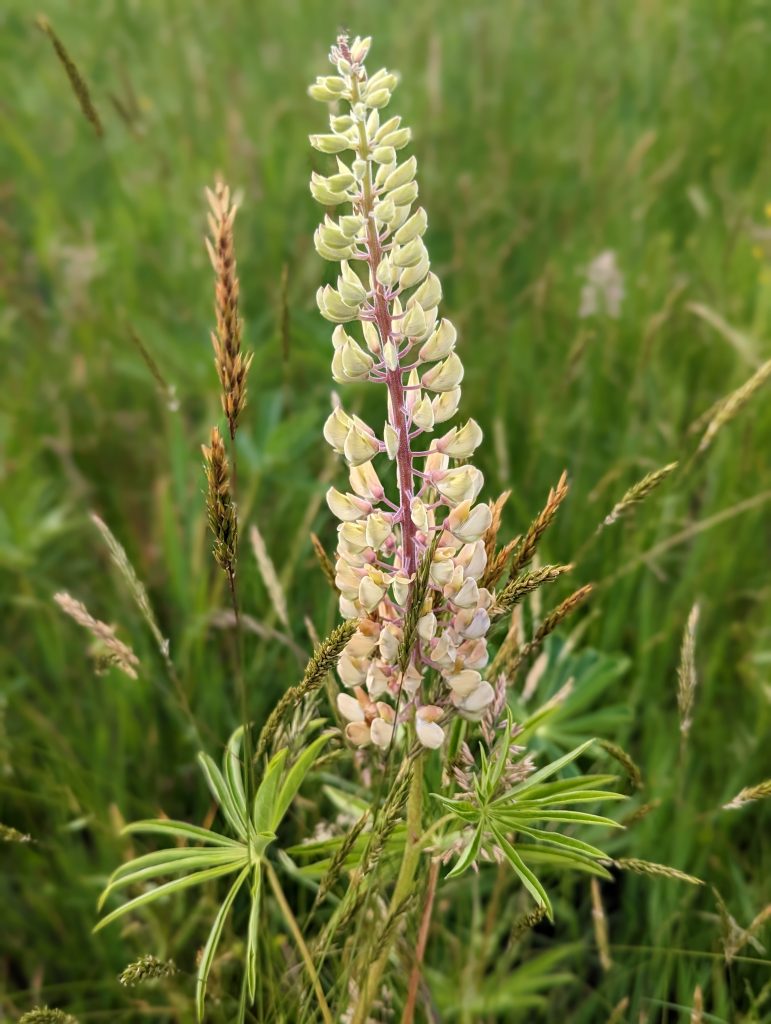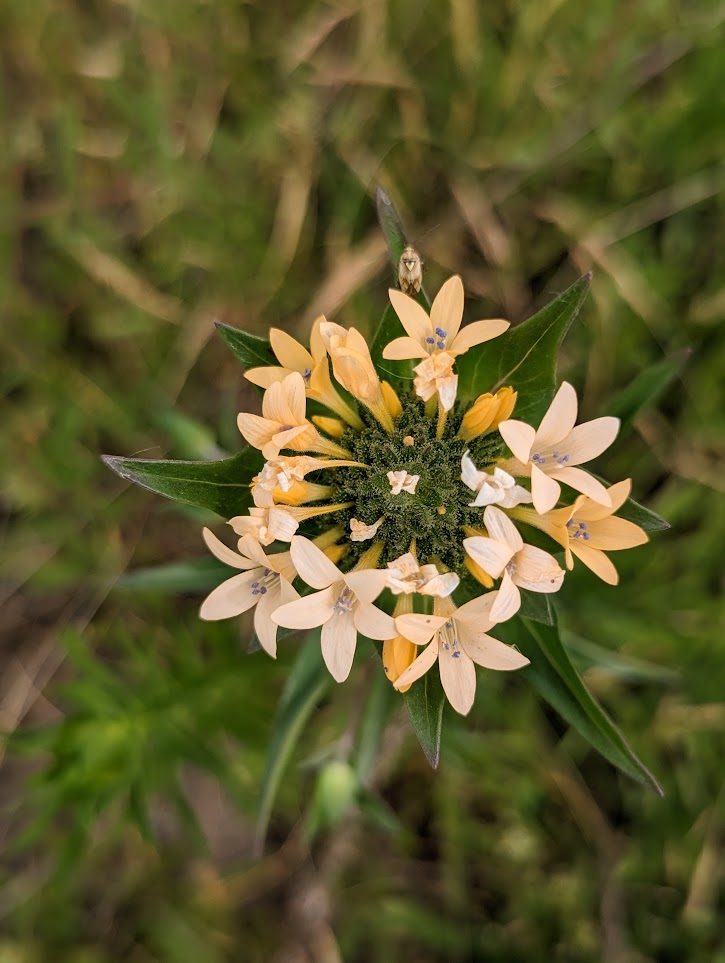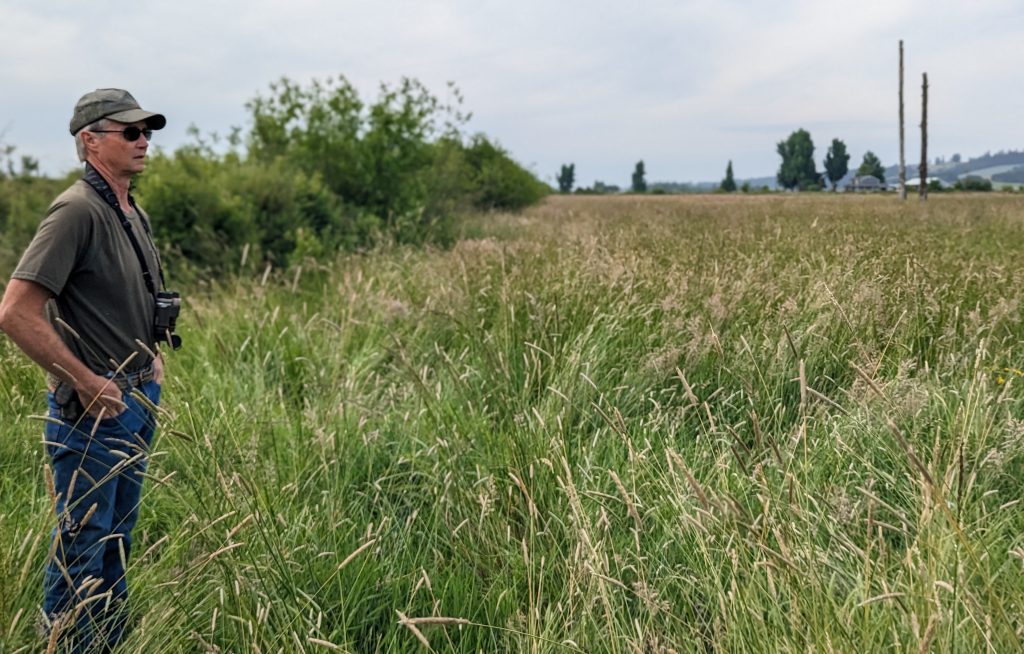
Everyone Can Play a Role in Conservation
Dave Budeau may be a trained, professional wildlife biologist, but his core belief is that everyone can play a role in the conservation of habitat. For example, Dave grew up camping and fishing with his family, and so even before he received degrees in wildlife biology, he supported wildlife management through fishing and hunting license fees. From paying fees to managing wetland habitats, Dave’s conservation story exemplifies the statement that “everyone can play a role in conservation.” Read on to find inspiration for your own habitat conservation journey.
Habitat Restoration Efforts
Dave has devoted his career and retirement efforts to habitat improvements in the Willamette Valley. In particular, he has focused on early successional habitats – like wetlands and prairies – as well as ponds. Among their many benefits, wetlands support thousands of species of plants and animals. Early successional habitats have suffered a stark decline in abundance as the disturbances needed to maintain them – such as flood and fire – have been largely curtailed, leading to encroachment by woody species.
Some of Dave’s proudest accomplishments occurred during his ten years as the manager at Oregon Department of Fish & Wildlife’s (ODFW’s) E.E. Wilson Wildlife Area, about 10 miles north of Corvallis. His team worked to disrupt the former military base’s storm drain system and restore the site’s wetland function. As any land manager would probably agree, one of the most energy intensive aspects of the job is vegetation management. At E.E. Wilson the Scots broom had become so pervasive that the whole wildlife area showed up yellow in aerial photos, enough to make management seem almost unachievable. To break the problem down, they divided the 1600 acre site into quadrants and used a combination of tactics, including burning, mowing, pulling, weed wrenches, and spot spraying to reduce the Scots broom population one quadrant at a time. Over the years each quadrant was tackled and revisited, and by the time he left his position at E.E. Wilson, they’d effectively realized their motto of “No Blooming Broom.”
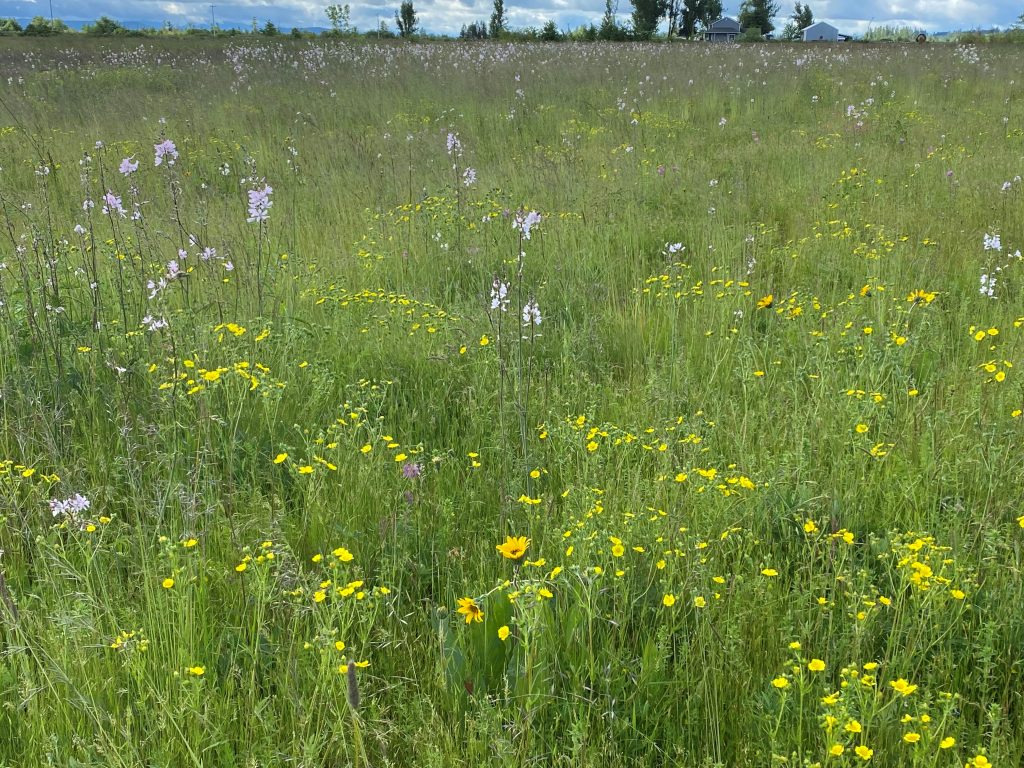
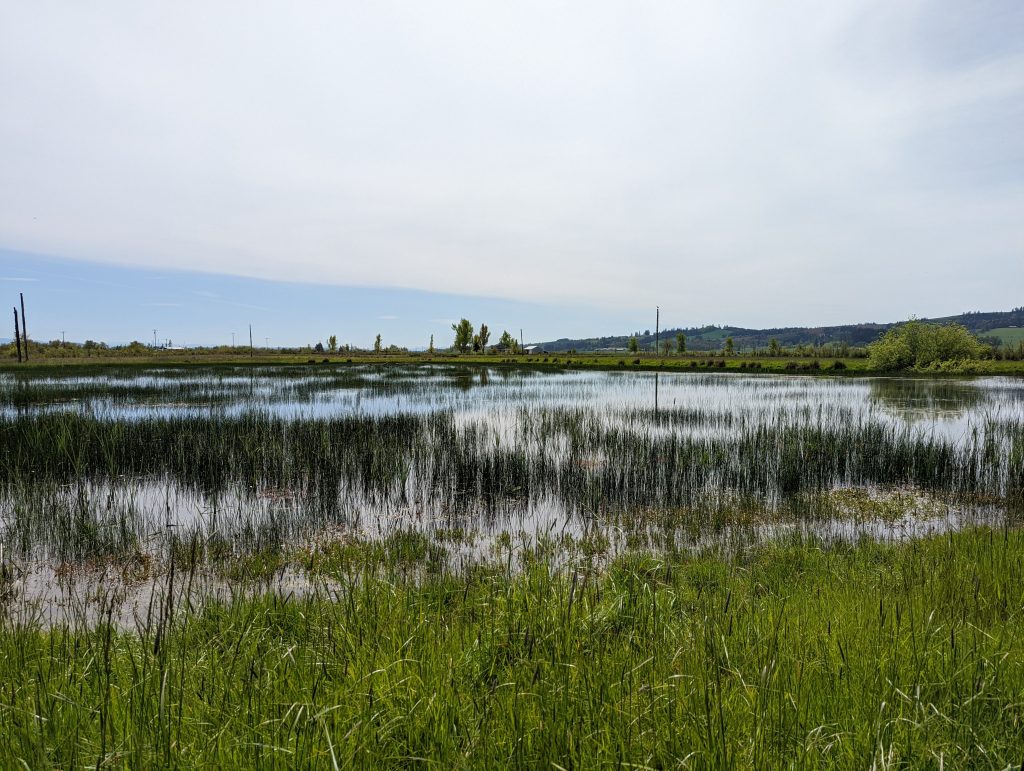
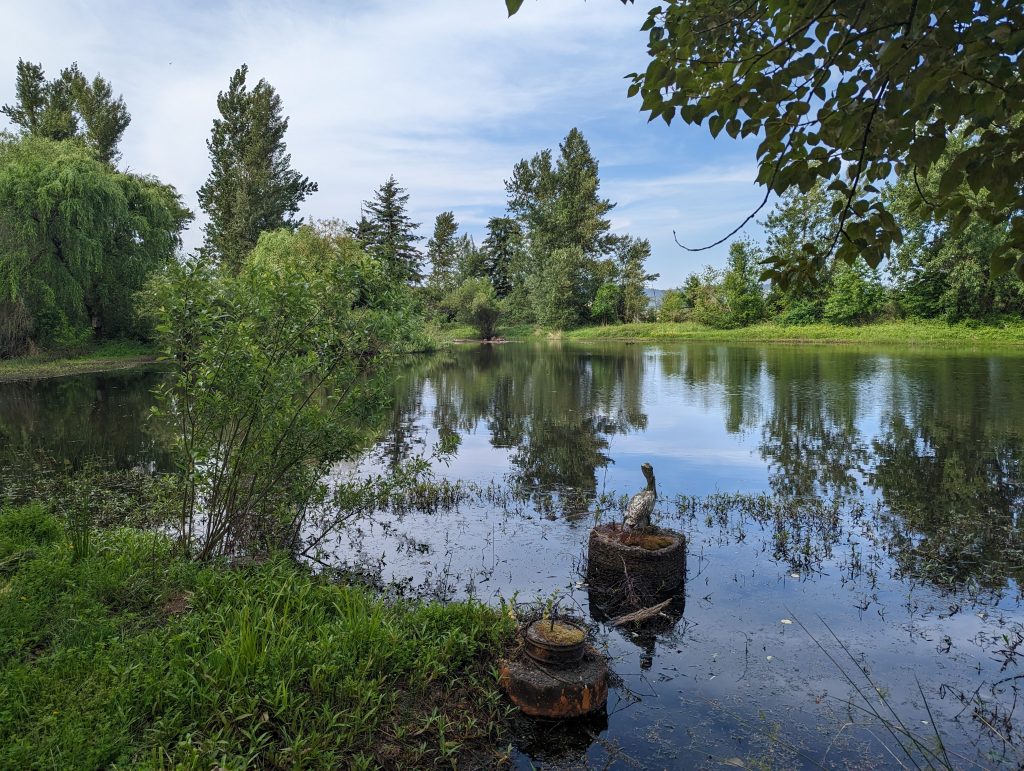
His other big conservation accomplishments have taken place on land Dave and his wife, Anita, purchased in what’s known as the Turner Flats. A portion of this property was placed into a 30 acre conservation easement. This relatively flat parcel began as part of the Missoula Floods lake bed interspersed with alluvial deposits from the Santiam River system. One of the first things he noticed about the property was its hydric soils, evidenced by the presence of tufted hairgrass (a facultative wetland species), and potential as a site for wetland/wet prairie restoration. The property was part of the original Hennies homestead. As recently as the 1970s it was farmed for cane berries by the Sargents, who built the current house in 1969. Prior to the Budeaus’ purchase of the site in the early 2000s, it was managed for pasture. For an overview of how the landscape was formed and managed prior to the Hennies’ time, visit the Natural History of Willamette Valley Wetland Prairies webpage.
Design, Construction, & Maintenance
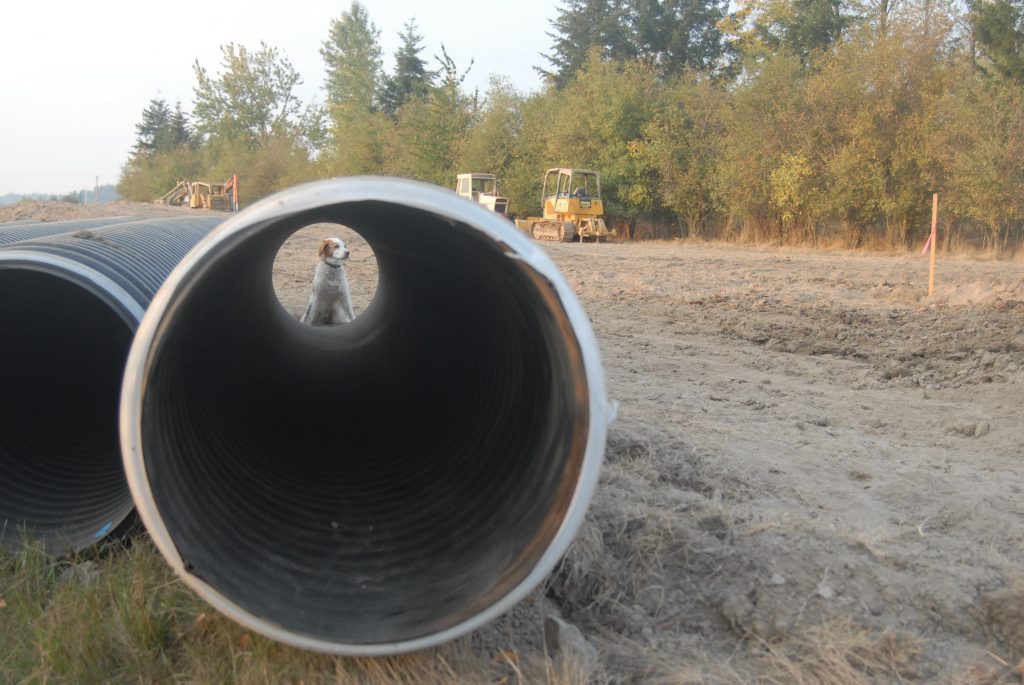
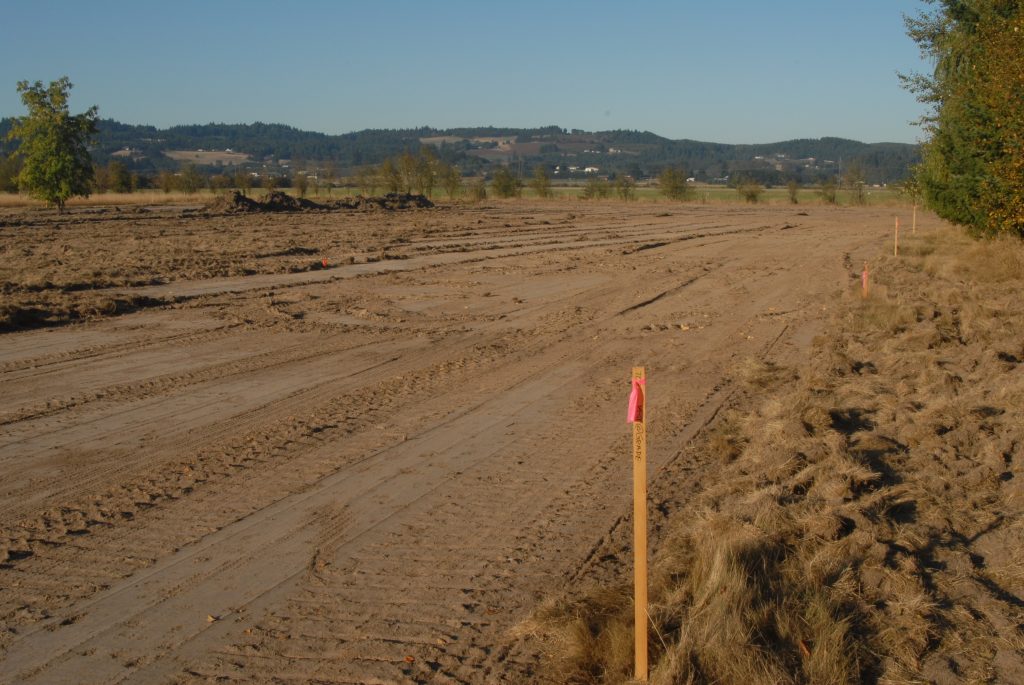
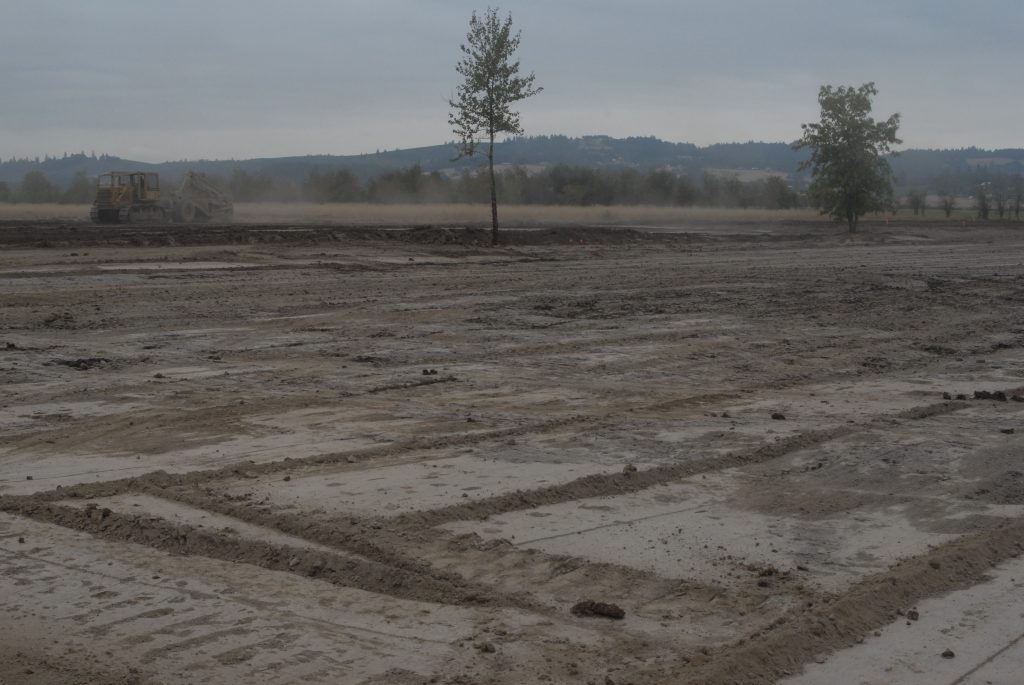
Dave’s goal for the easement is to maintain an early successional wetland prairie habitat. In 2004 Dave began working with Natural Resources Conservation Service (NRCS) District Conservationist Les Bachelor. NRCS conducted a series of surveys to make sure the site met the requirements for enrolling in the Wetland Reserve Program (WRP). WRP is now part of the USDA-NRCS Agricultural Conservation Easement Program. In 2008 the on-the-ground work began: disabling the tile drains to restore the wetland hydrology and earth moving to develop a system of ponds.
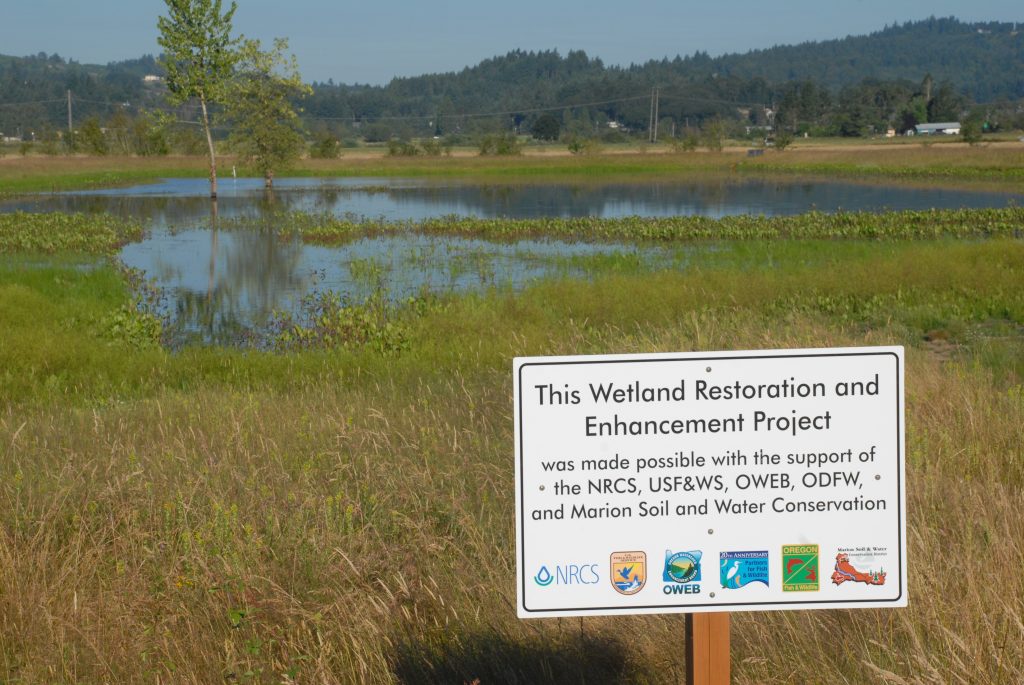
Once the earth moving phase of the project was complete, the next step was to reduce the distribution of invasive species using a combination of prescribed burns, mowing, and selective use of herbicides. According to Dave, the most time-consuming aspect of maintaining an early successional landscape is the never-ending task of vegetation management: keeping out the weeds (like blackberry, tansy ragwort, and reed canarygrass) and the woody species (like Scots broom, ash, cottonwood, and hawthorn). Continued periodic disturbance is required. For about two weeks each spring, Dave walks the entire property on the hunt for undesirable species. Then again in the late summer, after the plants have set seed and nesting is done, he mows about half the project area. During the rest of the year he “just dinks around” with weekly bird counts, propagation of showy milkweed, and other maintenance projects.
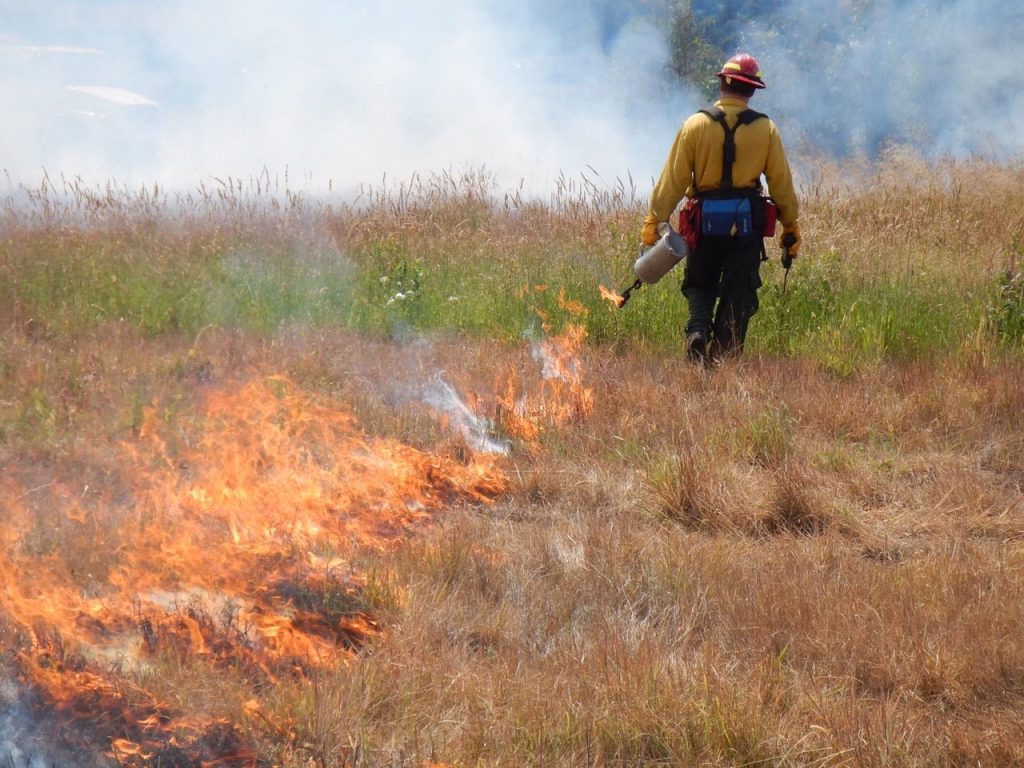
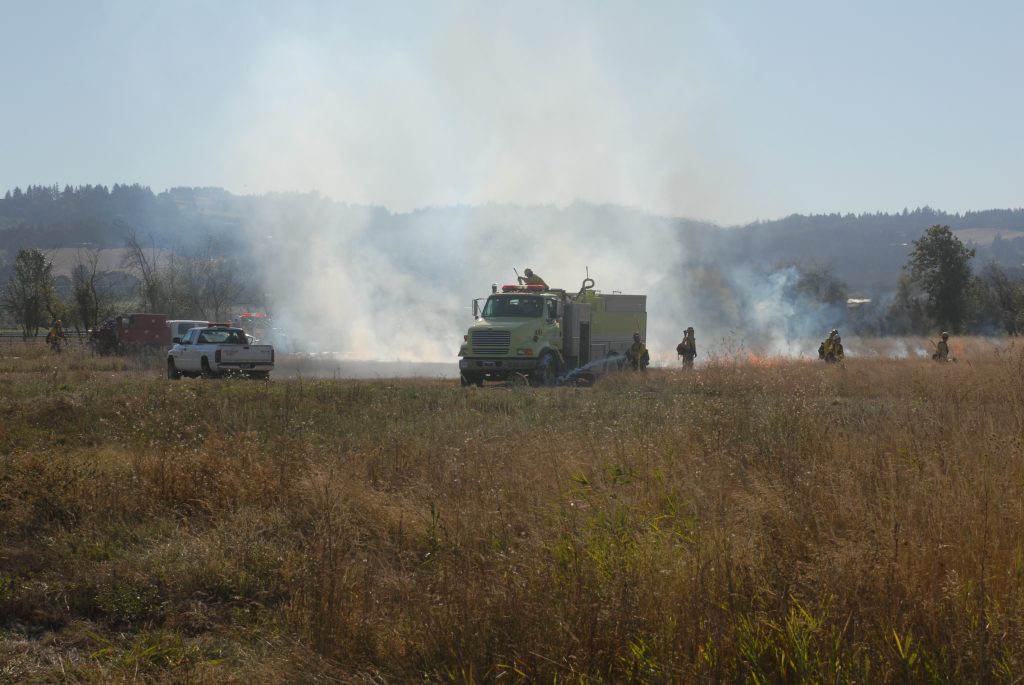
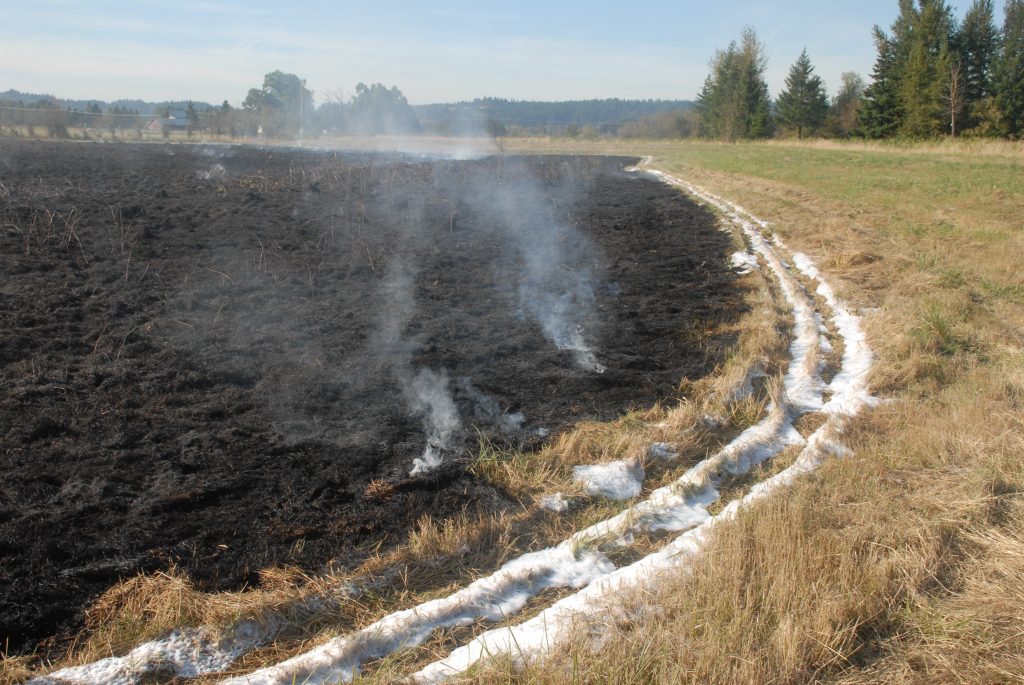
Once the initial site preparation steps were complete, native prairie forbs/flowers were reintroduced to the site. To shield wildlife from the sights and sounds of vehicular and railroad traffic, and to provide cover and food for birds and pollinators, they planted a hedgerow that runs along two sides of the property. The hedgerow features Douglas spirea, Nootka rose, snowberry, Oregon grape, and willow. Dave purposefully avoids larger tree species because less than 1% of the historic extent of prairie habitats remain in the Willamette Valley whereas wooded habitats are relatively abundant.
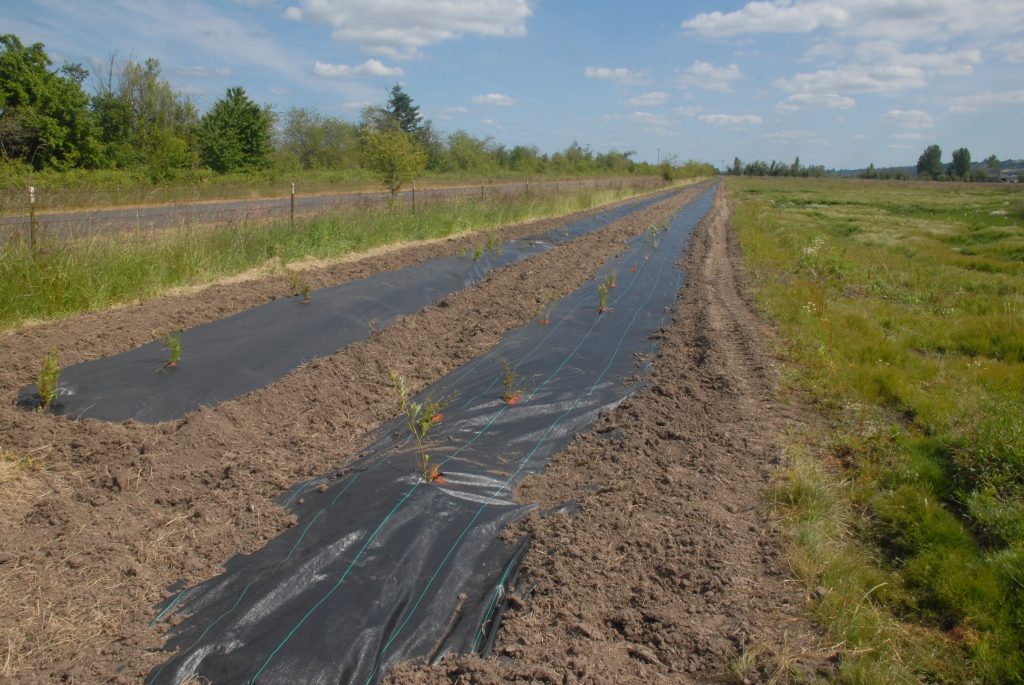
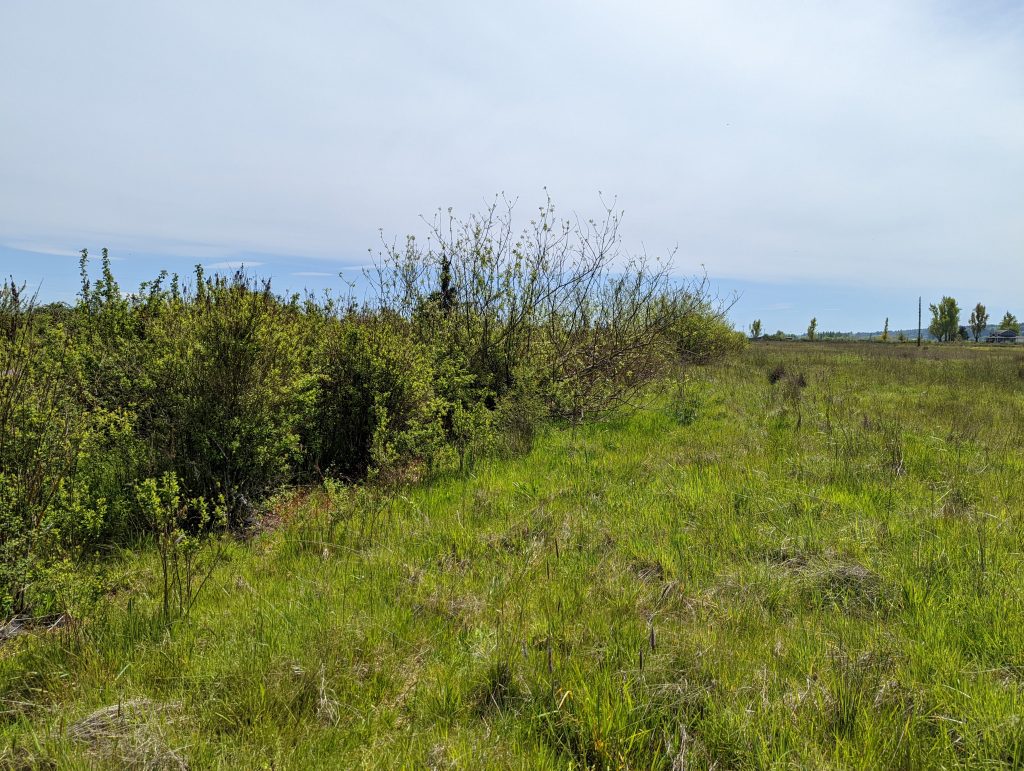
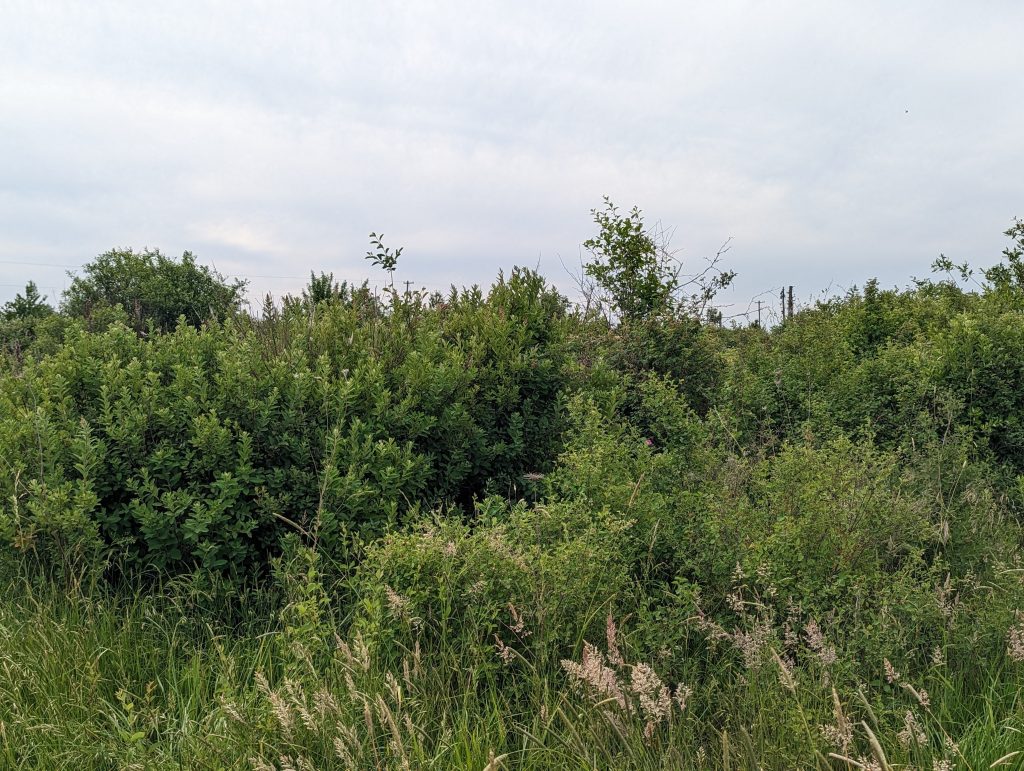
Restoration Rewards
For Dave, the personal rewards of this effort are the bird and wildlife species that visit the property. Over the years, he has documented about 130 species of birds on the easement. Each spring his bird house gourds are occupied by tree swallows. Sometimes he comes across a spotted towhee or savannah sparrow nest during his spring weed survey. Mud-loving black phoebes have reared young on the site for the past two years. Western bluebirds and white-breasted nuthatches, listed as Sensitive in the Oregon Conservation Strategy, nest in the yard. Although the site is too small for streaked horned larks to use, it is home to western meadowlarks, another Sensitive species listed in the Oregon Conservation Strategy.
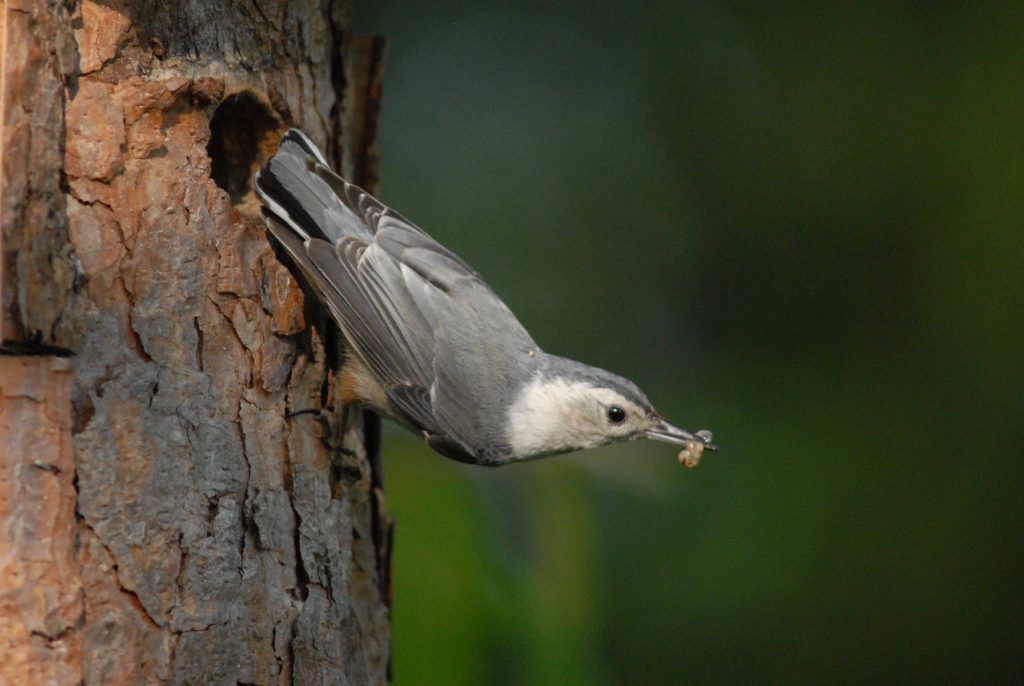
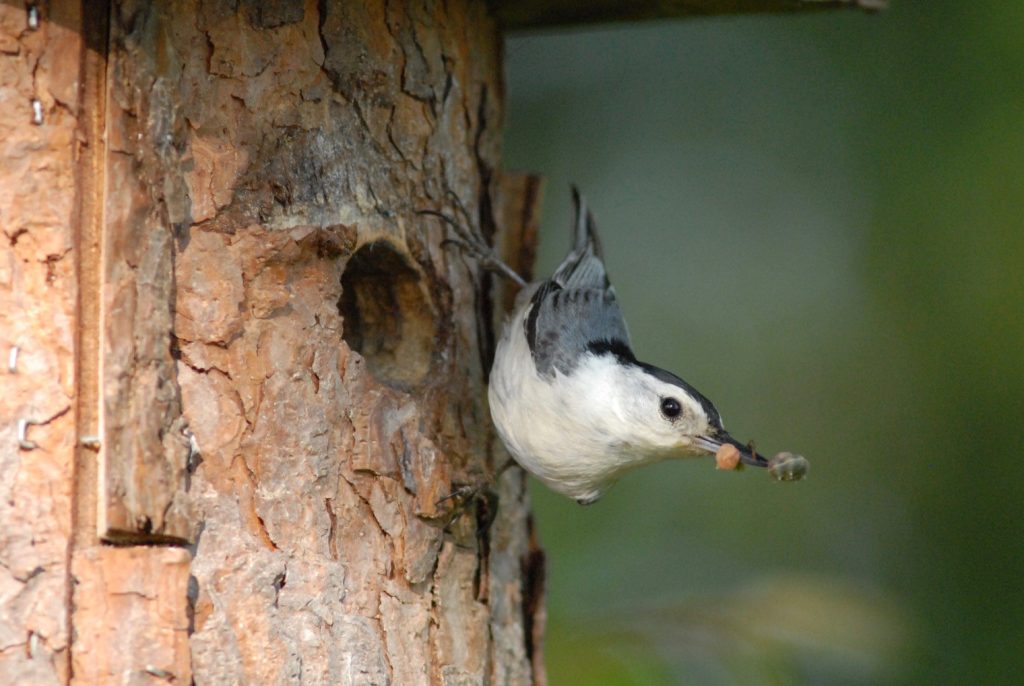
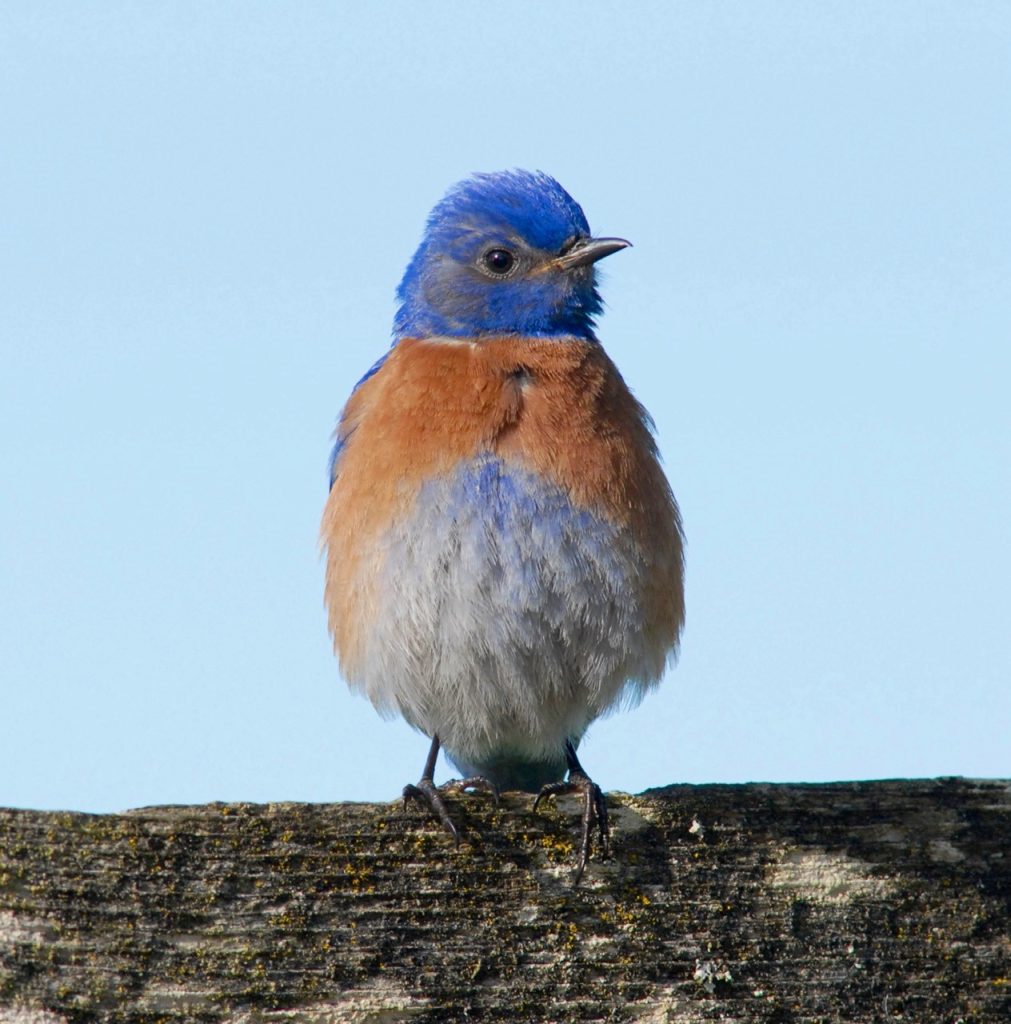
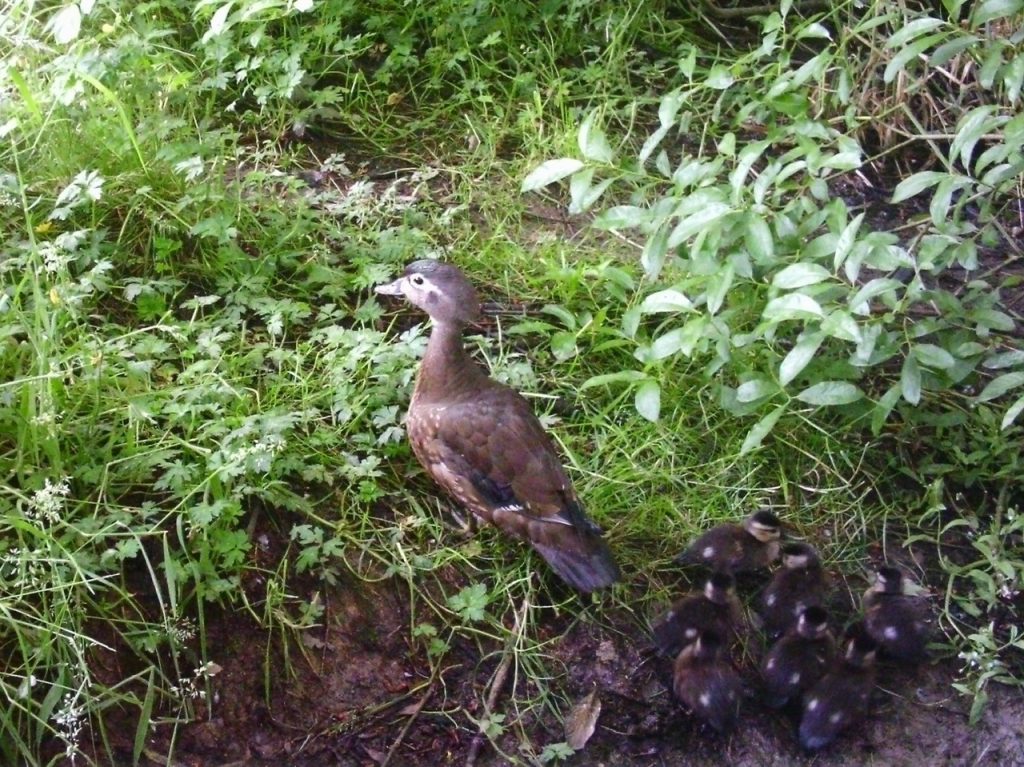
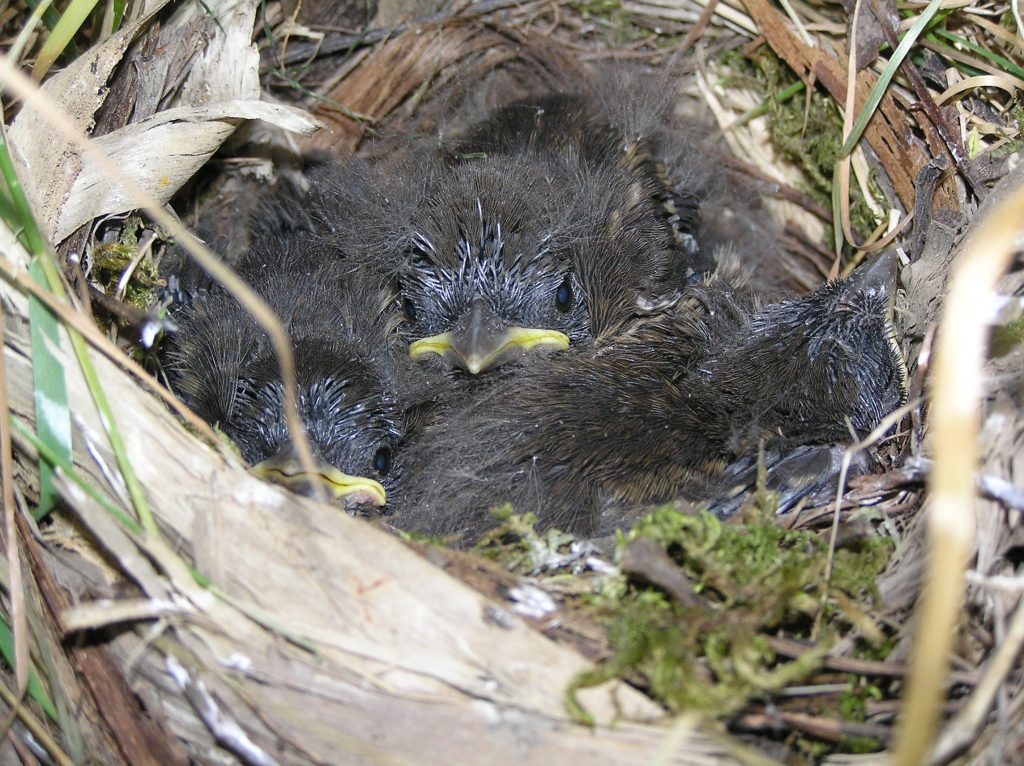
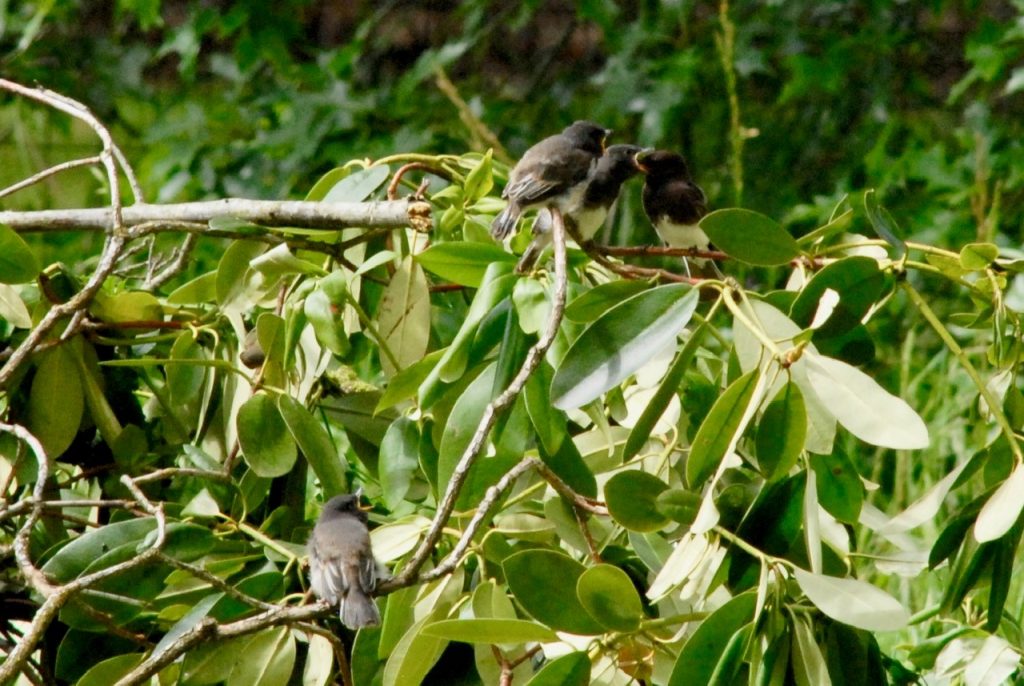
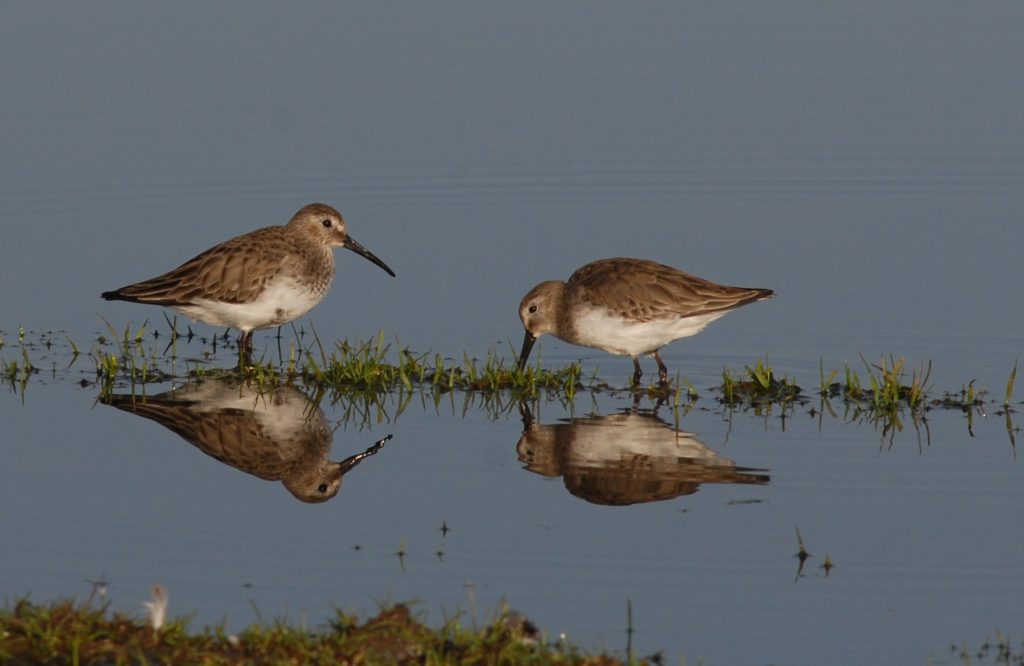
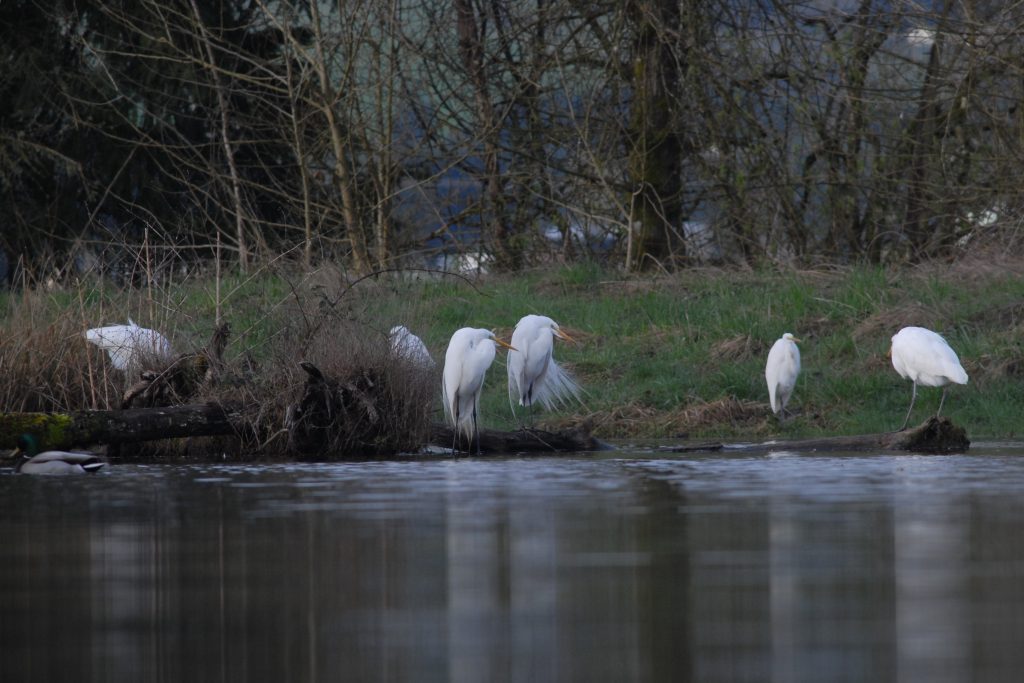
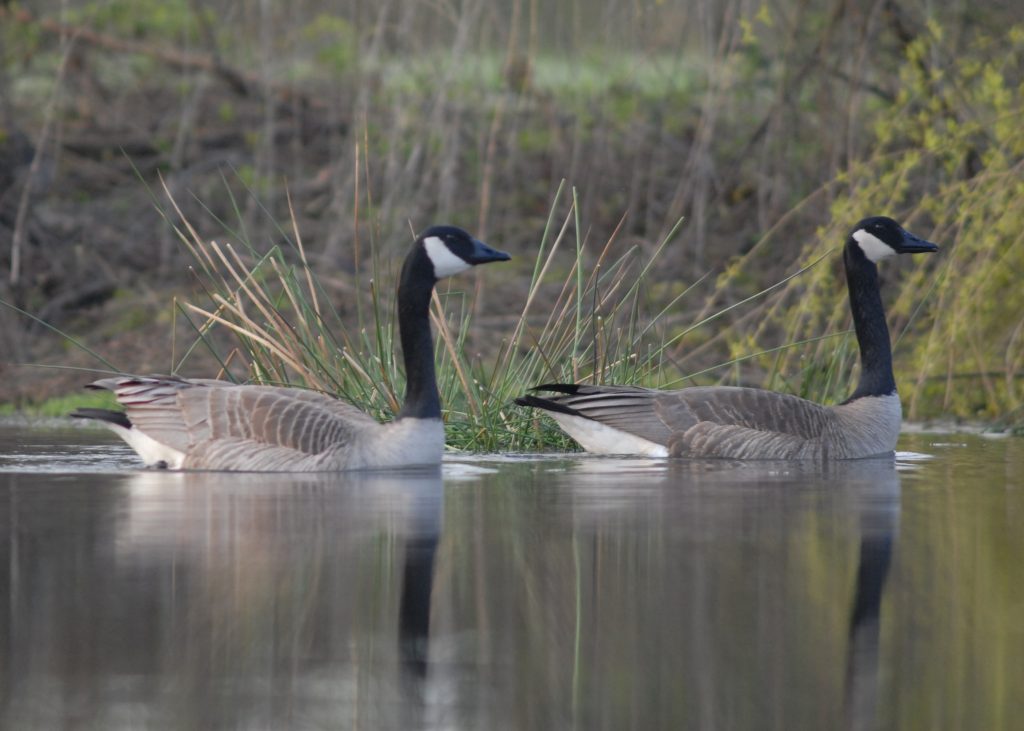
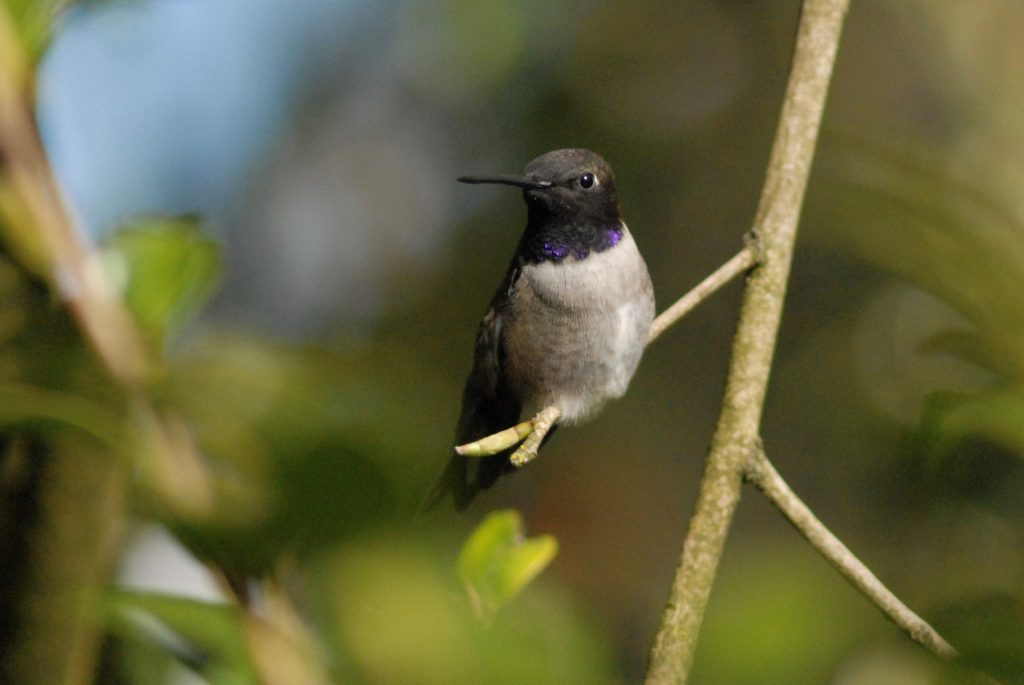
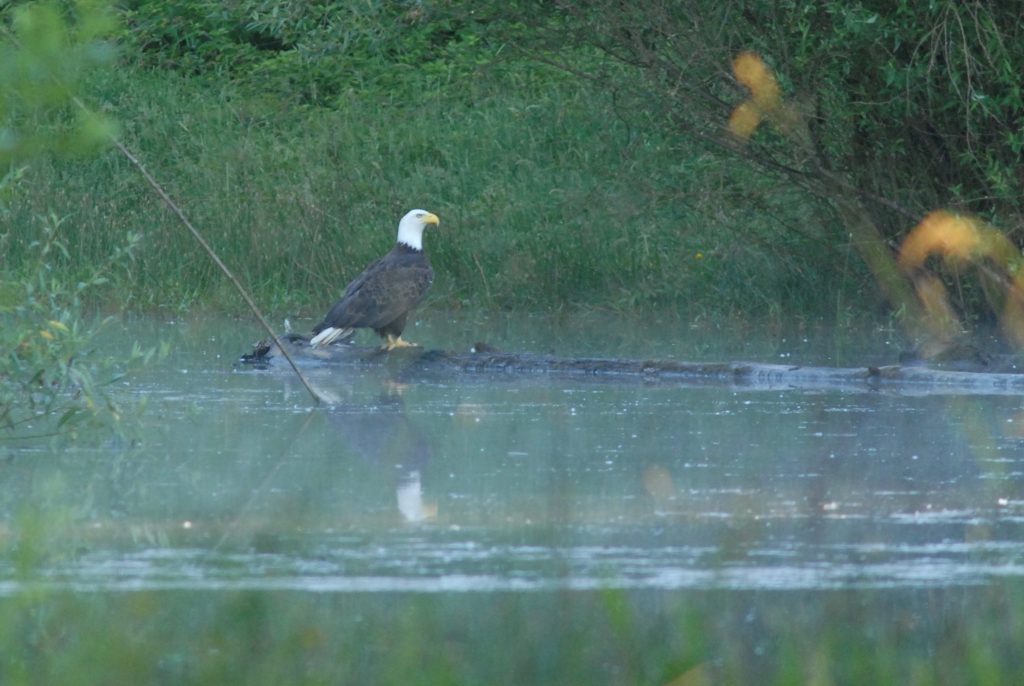
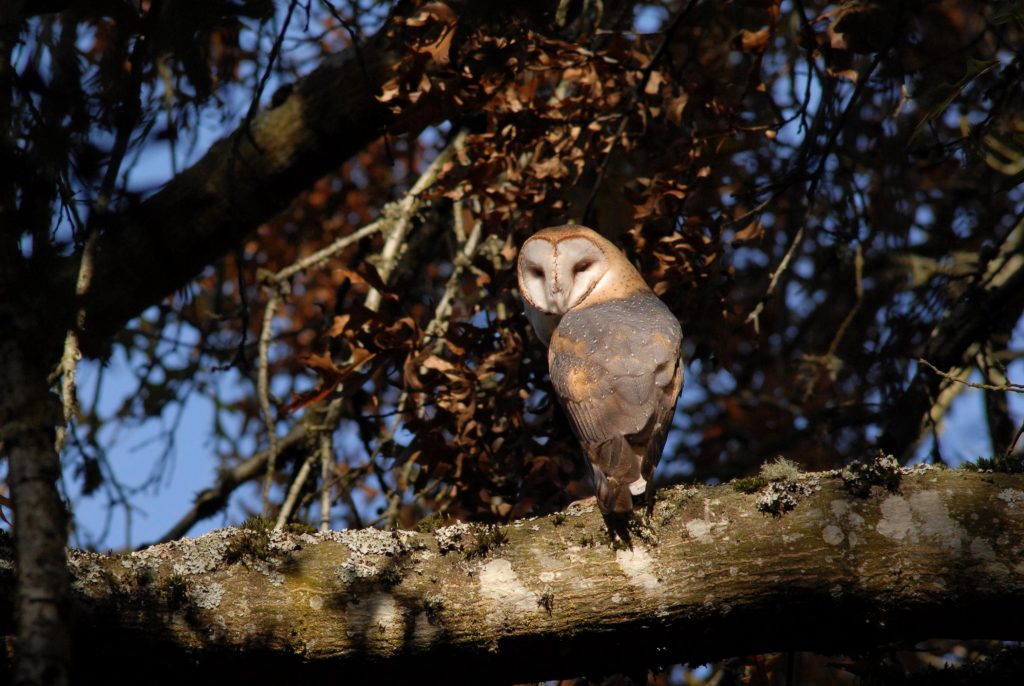
Two of the four ponds on the site host a tiny yet famous fish called Oregon chub. The Oregon chub is the very first fish species to be removed from the Federal List of Endangered and Threatened Wildlife, in part because of its successful reintroduction into Willamette Valley ponds, including the ones managed by Dave. Steve Smith of US Fish & Wildlife Service suggested the introduction of chub in Dave’s ponds. Once a Safe Harbor Agreement was in place, 623 chub were brought in, and within a couple of years there were over 10,000! This back slough/side channel species was close to extinction from channelization and predators like small- and large-mouth bass. Since Dave’s ponds are not connected to the mainstem, predatory fish can’t get in and the fecund little chub are able to produce enough offspring to offset losses to birds and other predators, such as dragonfly larva, which likely grab a few too.
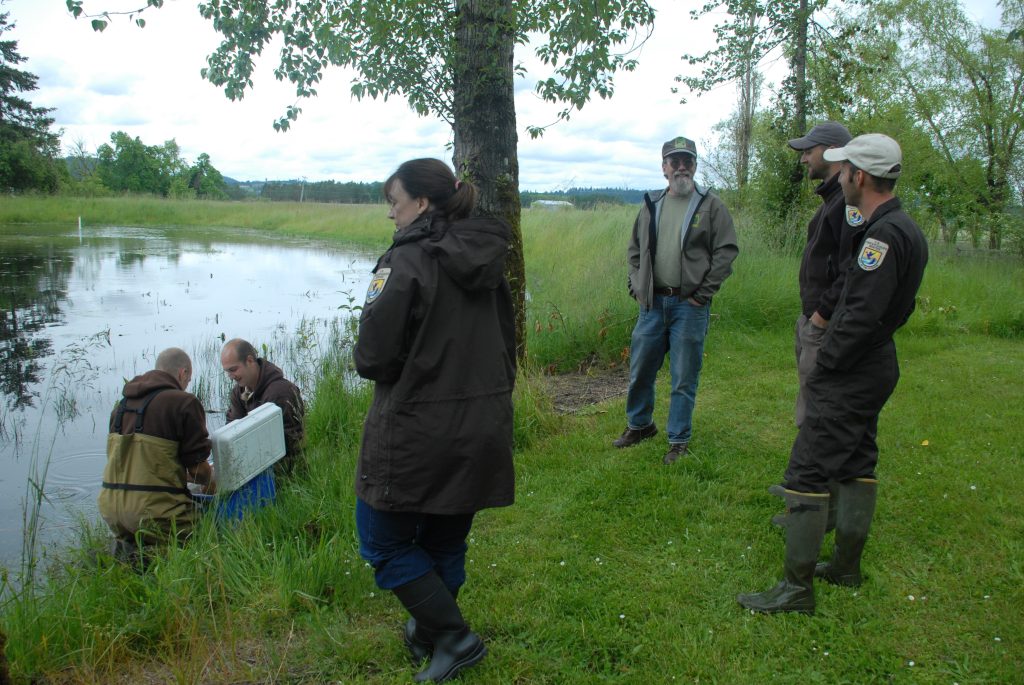
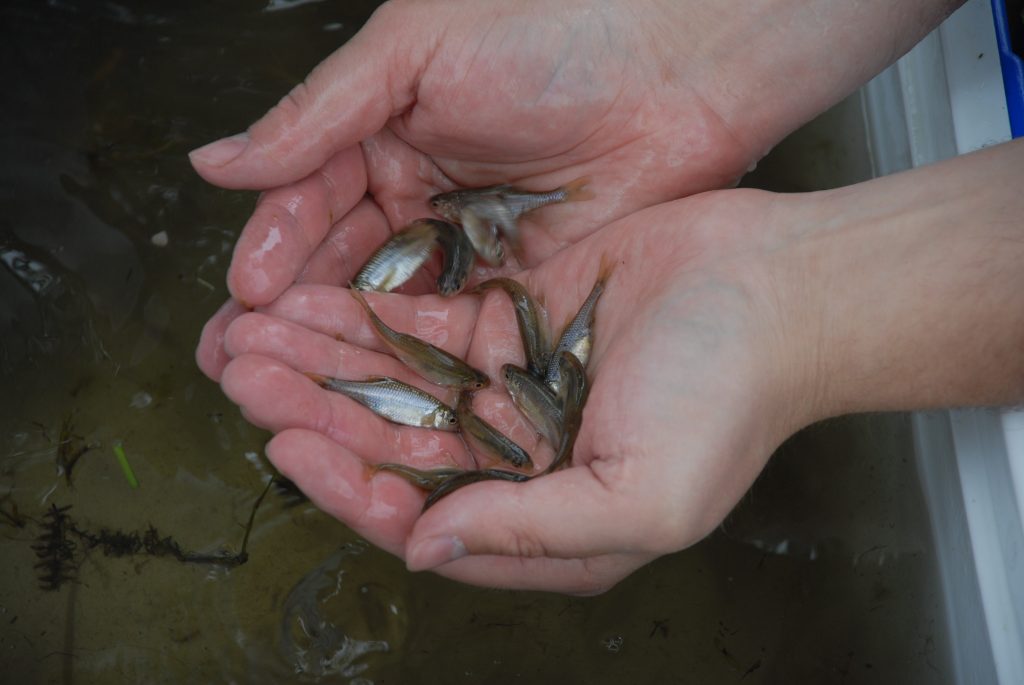
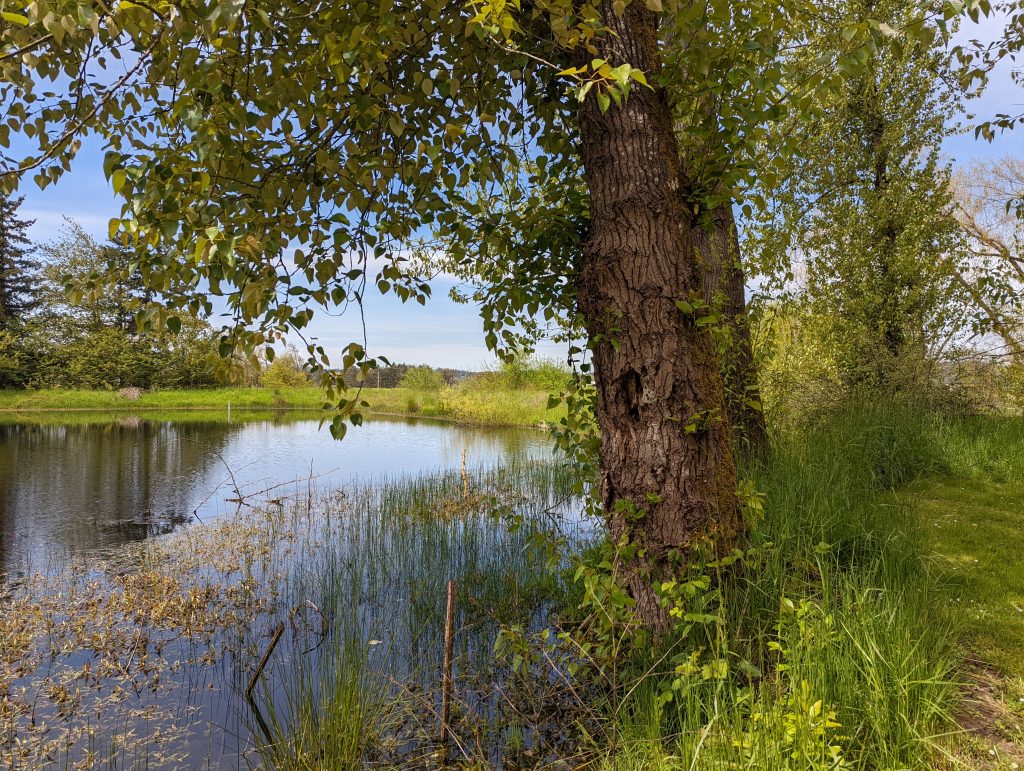
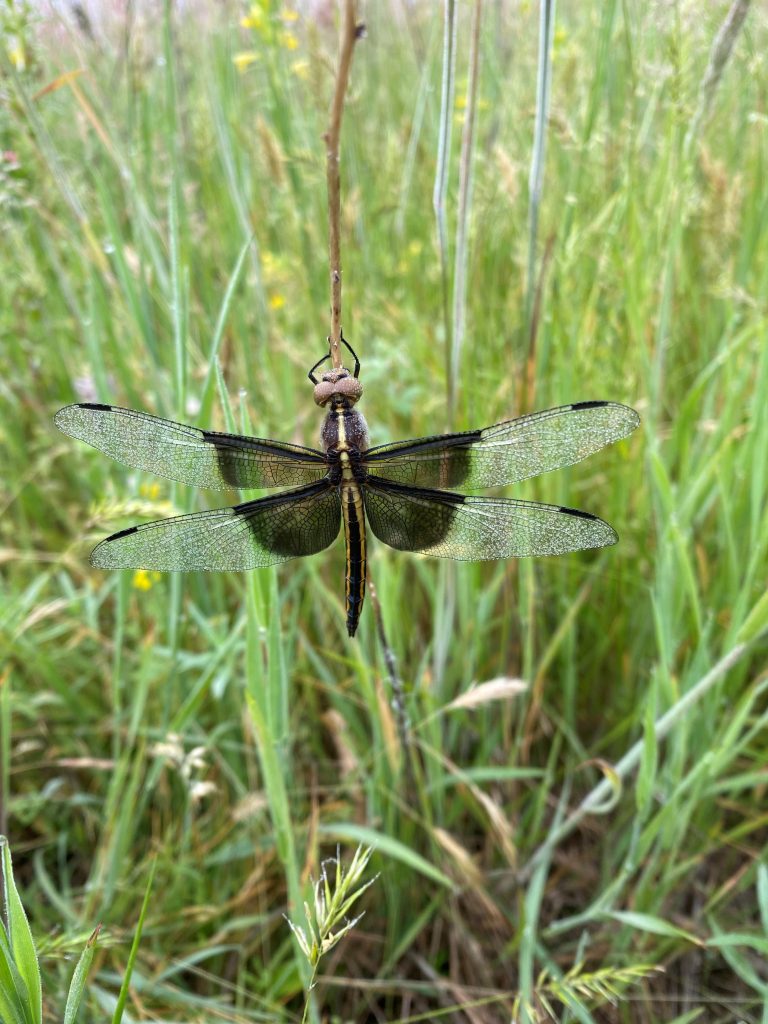
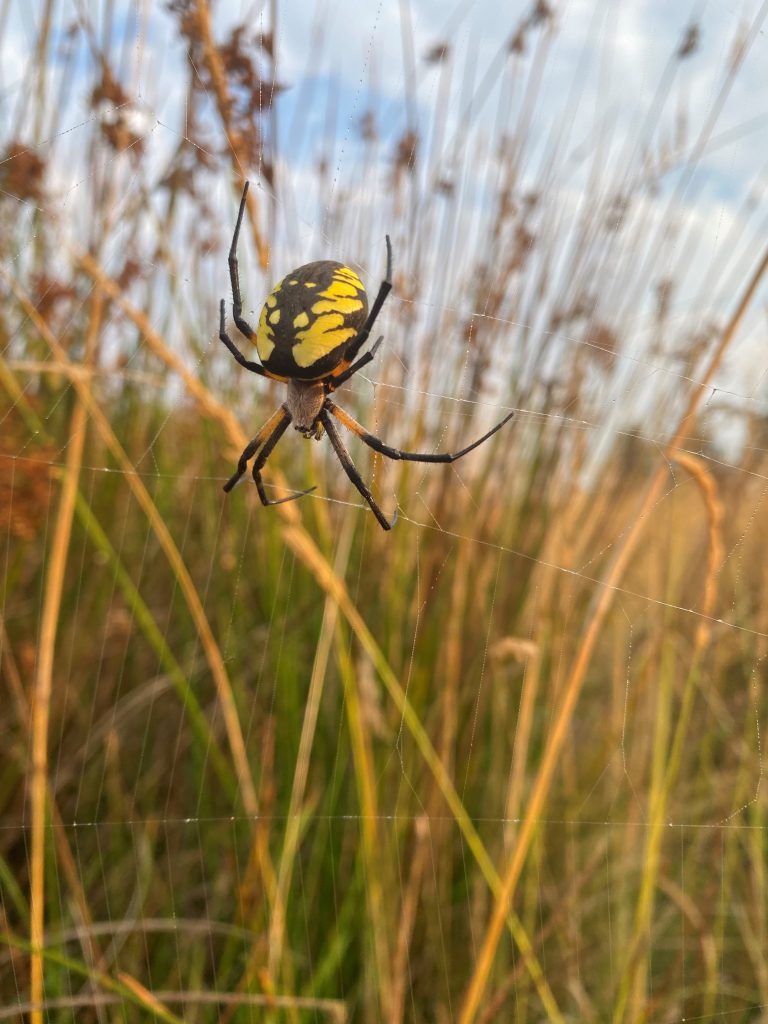
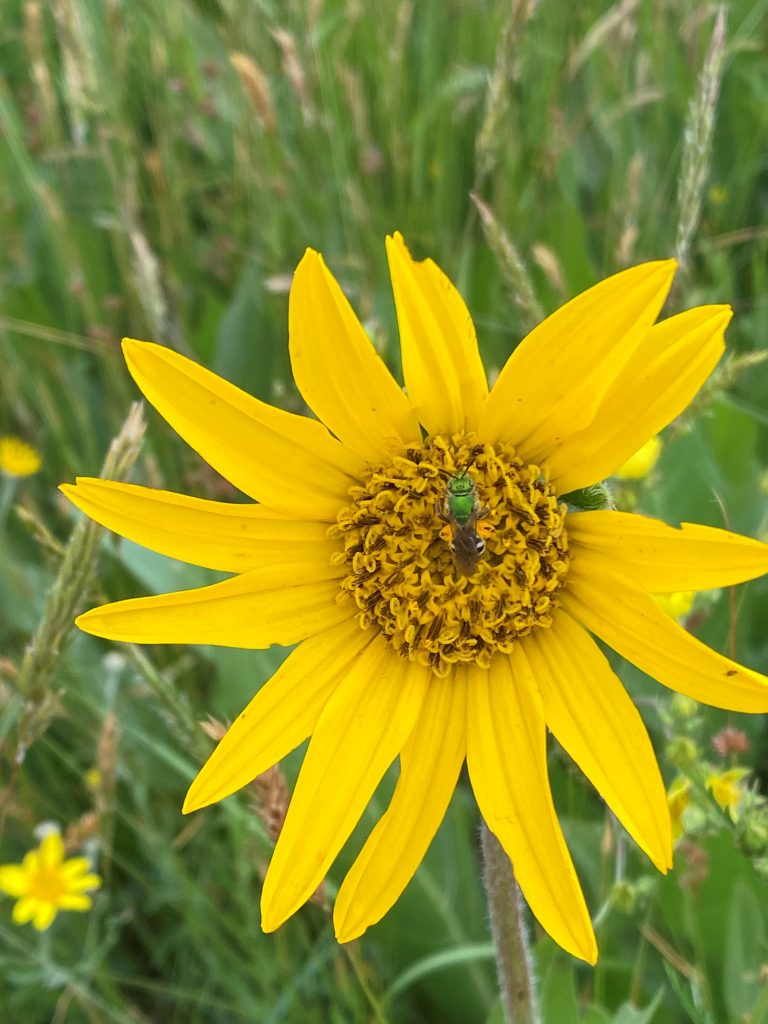
Other wildlife species found on site include river otter, northern red-legged frogs, Pacific treefrogs, long-toed and northwestern salamanders, alligator lizards, common and northwestern garter snakes, racers, gopher snakes, raccoons, striped skunks, beaver, brush rabbits, Townsend’s chipmunks, western gray squirrels, muskrats, deer mice, voles, shrews, moles, pocket gophers, opossums, nutria, and bullfrogs.
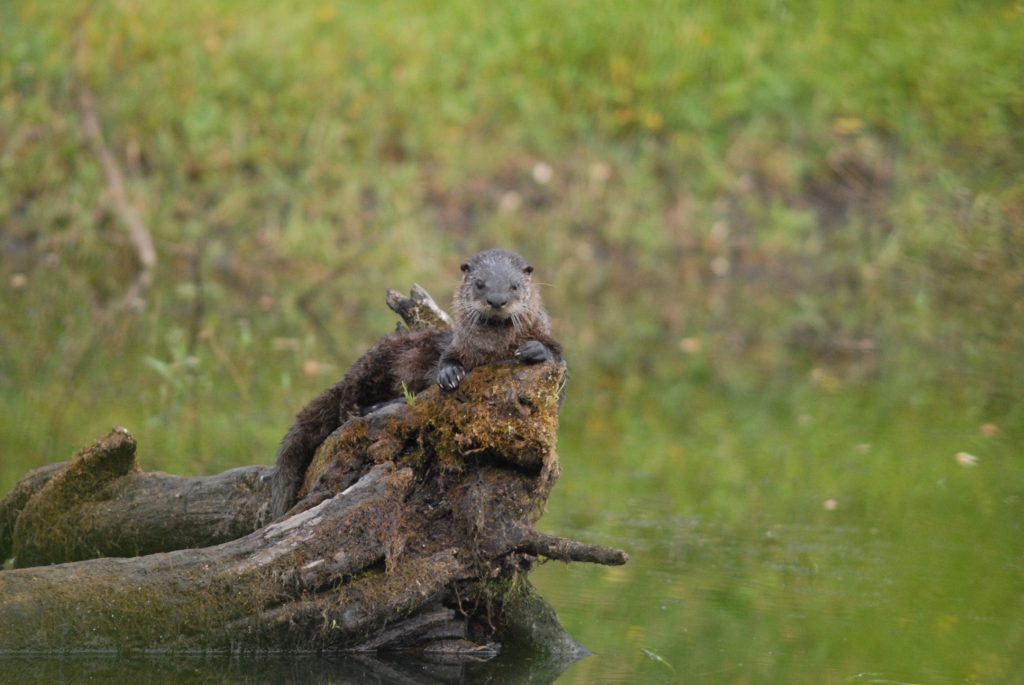
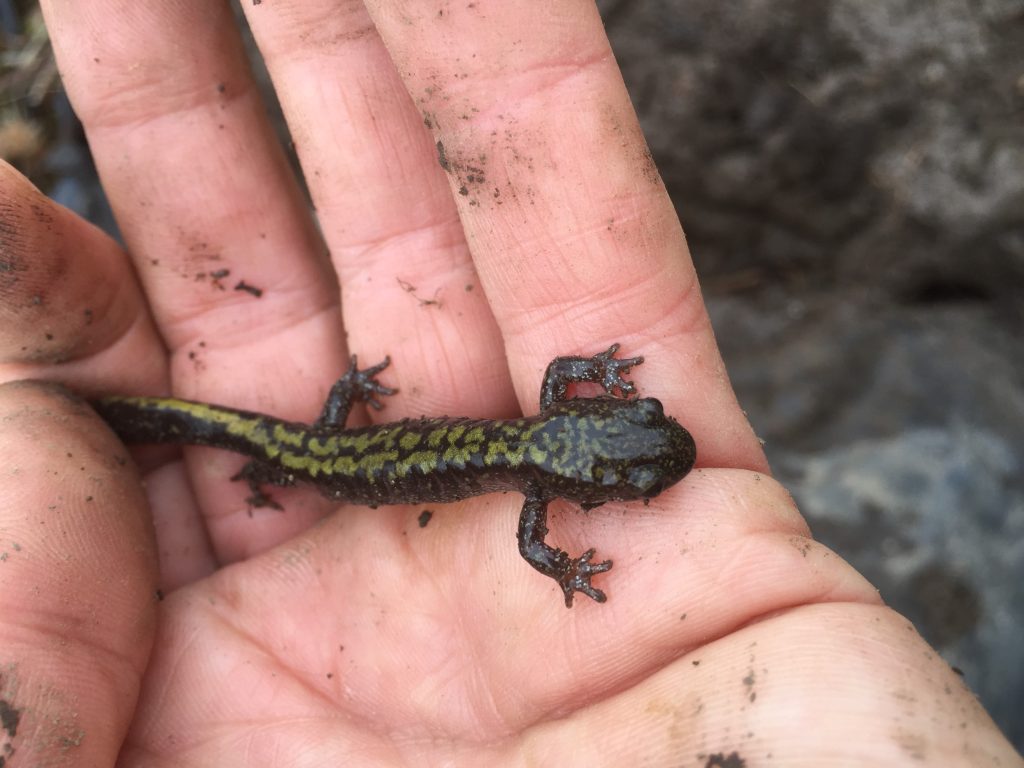
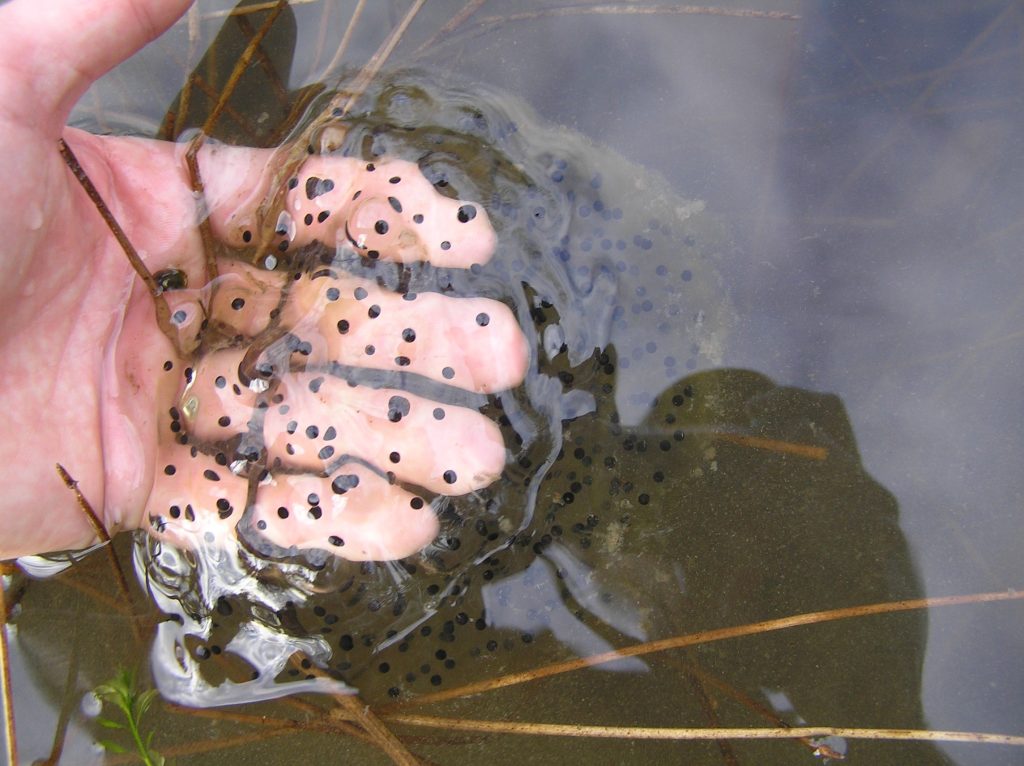
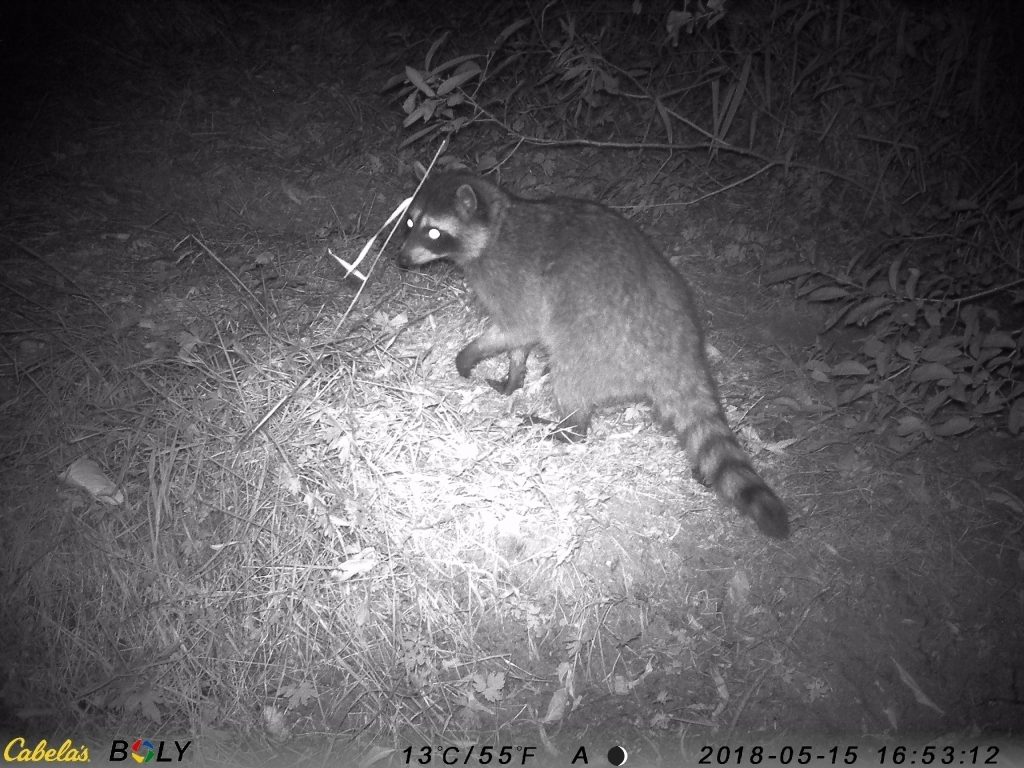
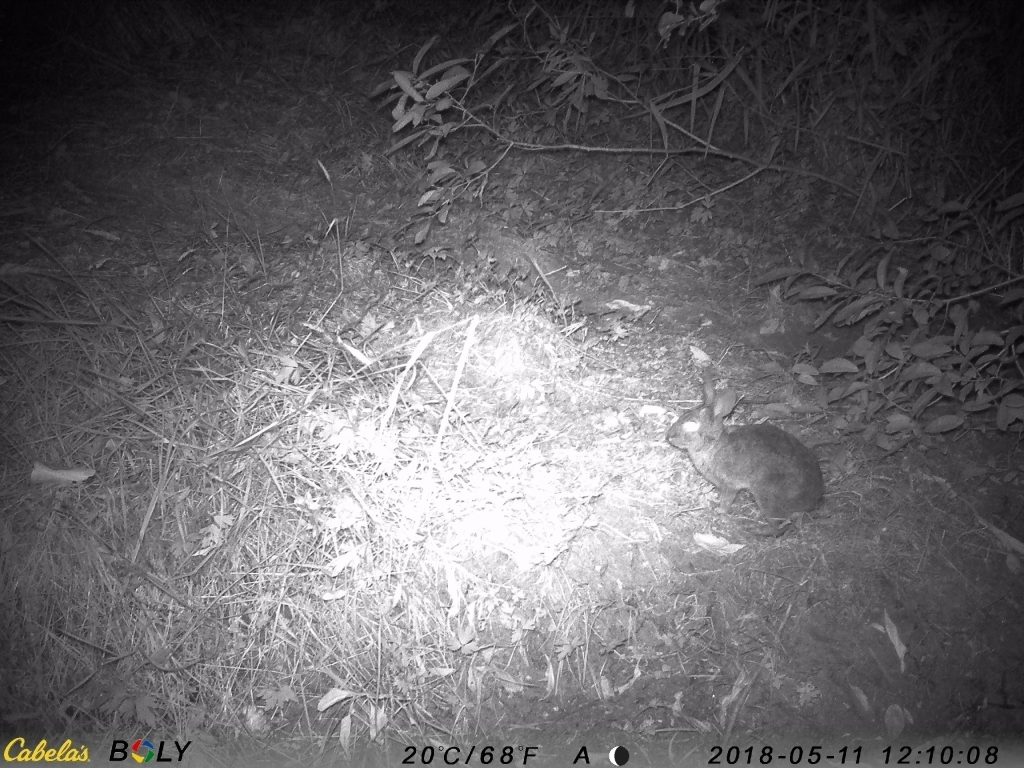
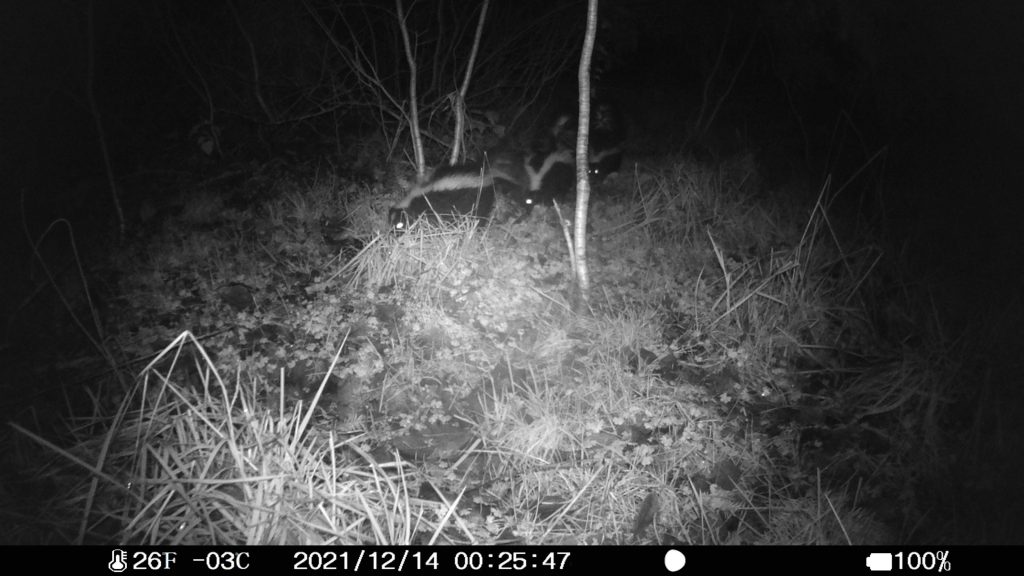
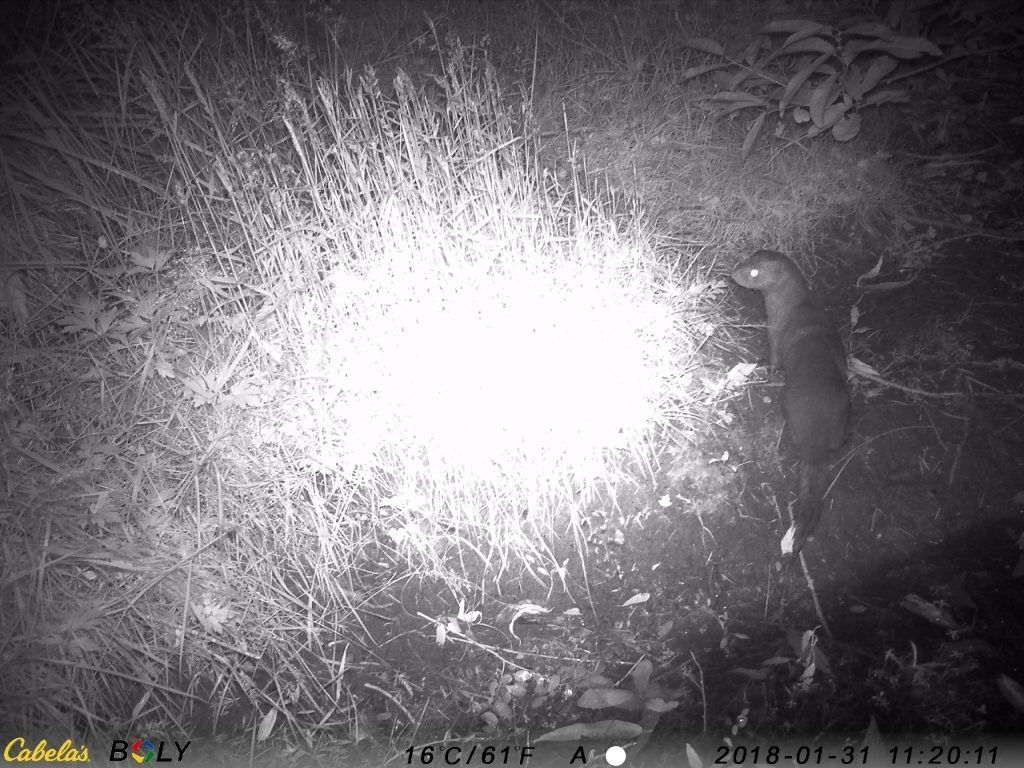
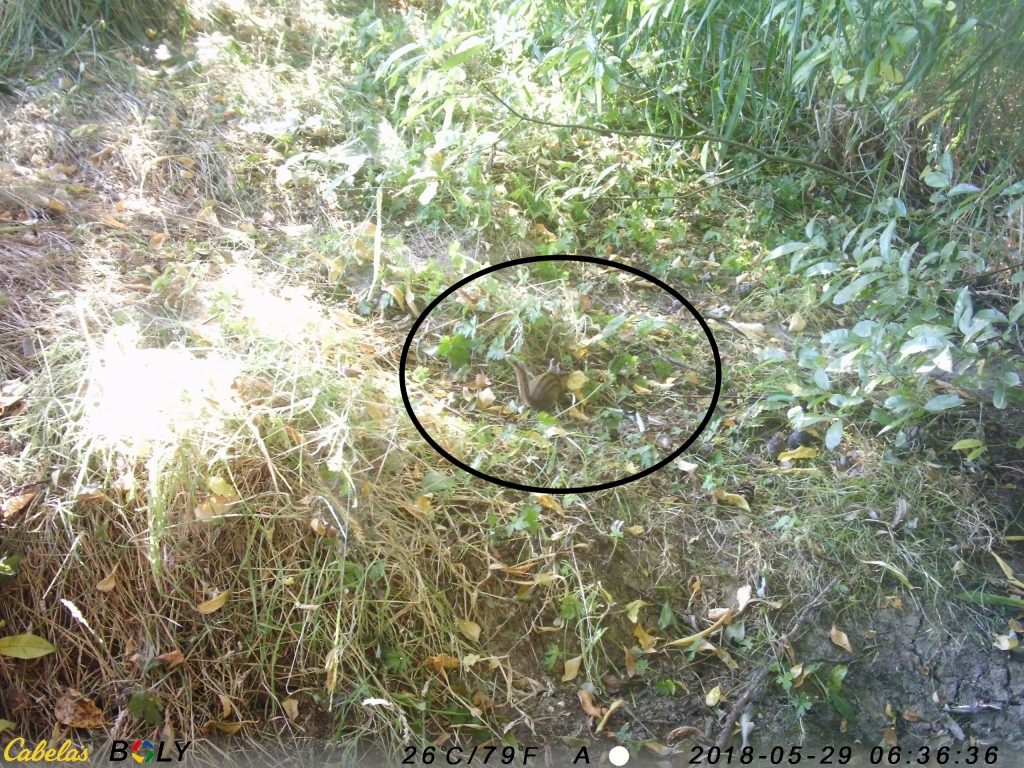
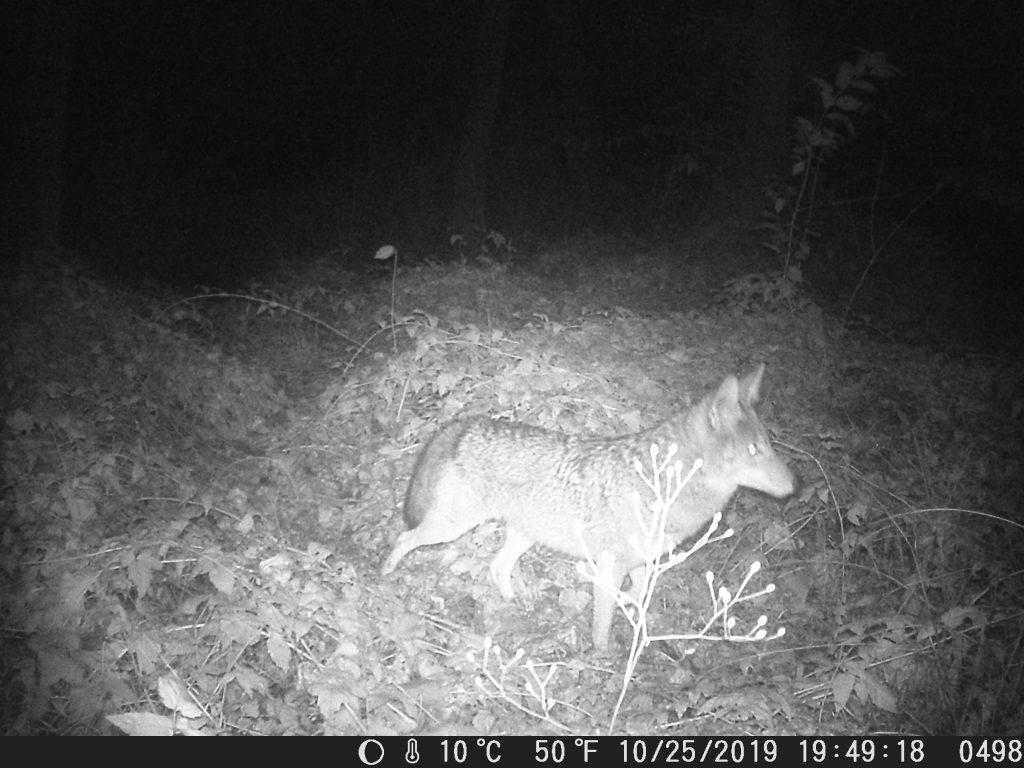
Dave and his wife aren’t the only people to benefit from their habitat restoration project. He views their easement as a public resource. Natural Resources Conservation Service and other agencies often bring policy makers, land managers, and researchers out to tour the site. Graduate students sample the habitat for macroinvertebrates, plankton, and fish for their research. Sometimes conservation partners connect people who want to manage similar projects on their properties with Dave for advice. Offering the site for the use of the community fits with Dave’s philosophy that no one ever really owns property, we are just paying for the privilege of stewarding that parcel for a time.
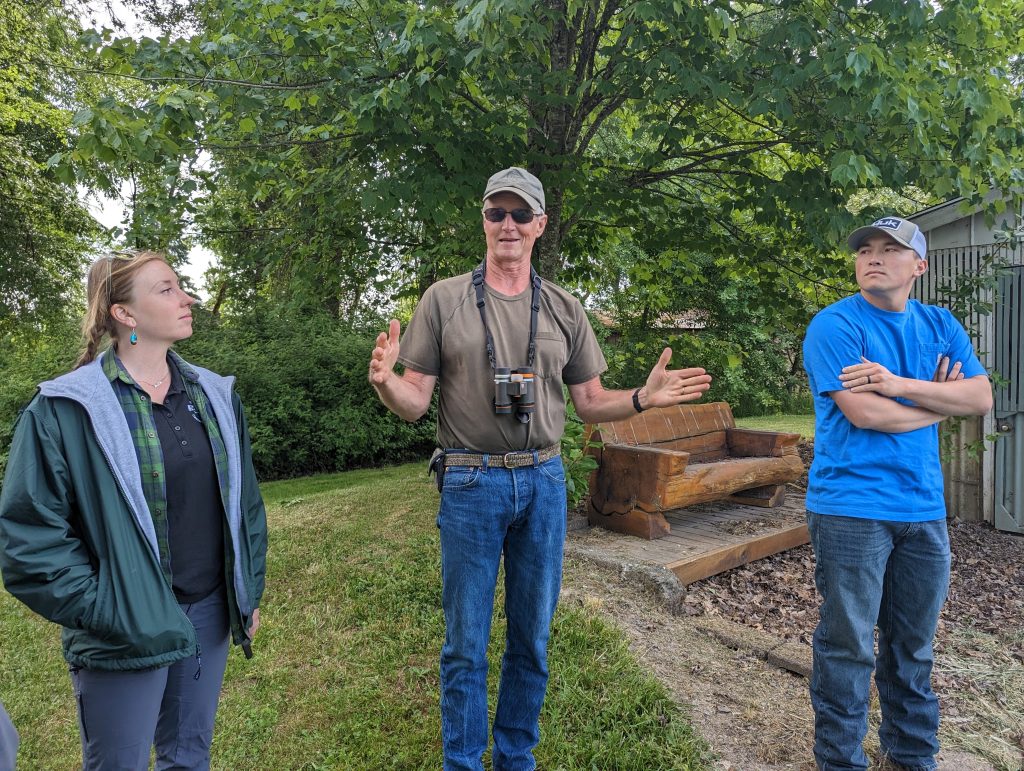
No Effort is Too Small
Don’t let Dave Budeau’s habitat accomplishments mislead you into thinking that the only conservation actions worth taking are big ones. In fact, Dave would be the first to tell you that no effort is too small. Do you live in an apartment? Hang up a fuchsia and you might make a difference for a hummingbird in its travels. Your actions have the power to impact wildlife habitat far beyond where you are living and farming. Anyone can help protect salmon habitat by an action as simple as turning off the porch light – every kilowatt saved is a little more water in the stream for the fish. Maybe you have a field with a corner that’s too wet for your crop. Plant a hedgerow to provide habitat for wildlife and pollinators. Another way to help is by volunteering with a conservation organization. Marion SWCD’s Salmon Watch field trips rely on volunteers each fall. Or become more deeply engaged and join the Board as an Associate or Elected Director like Dave, who has served as a Director since 2018. The possibilities are countless; everyone has a role to play in conservation, .
If this story has you curious about actions you can take to support or restore habitat on your property, our conservation planners are here to help you get started. We offer site visits to assess and address your concerns, grants for educational and on-the-ground efforts, and a wide range of learning and volunteer opportunities. Visit our staff page to get in touch.
Additional Information
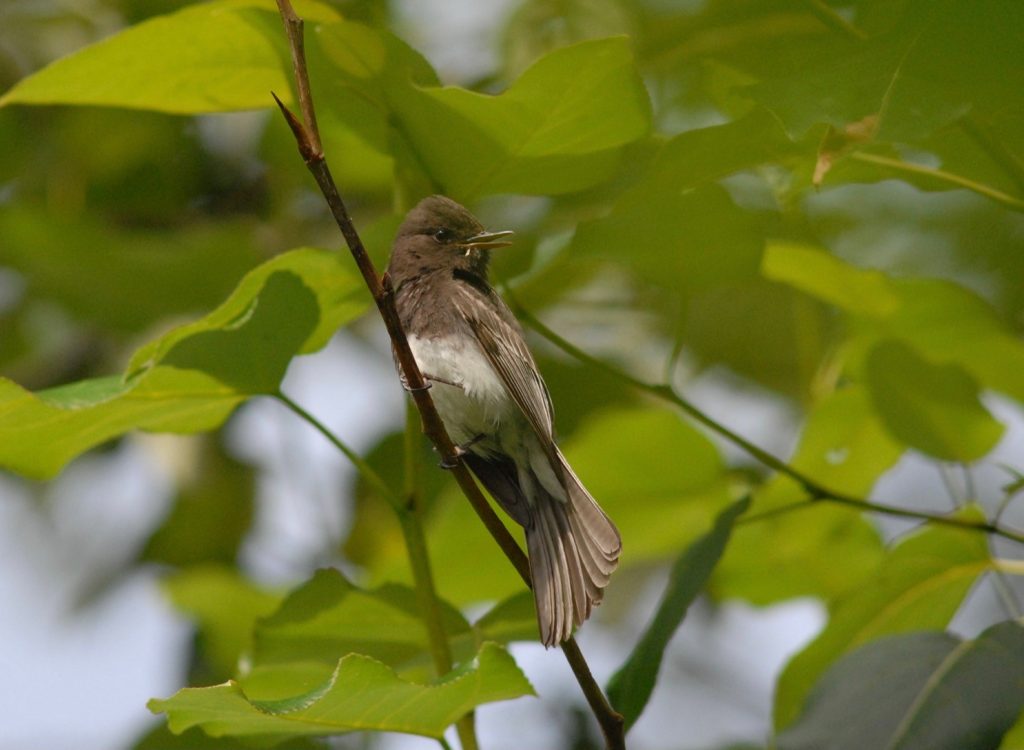
Author’s Note
This post was created in collaboration with Dave Budeau, who graciously offered tours of the conservation easement, spent time being interviewed, reviewed and edited initial and second drafts of the post, and contributed most of the photos. Thanks, Dave!
About the Author
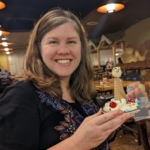
About the Author
I look forward to getting to know you and developing new ways to work together! Contact me to discuss youth or adult education programming, invite MSWCD to attend a community event, request website resources, develop education and outreach partnerships, and access CLEAR grants.

